iBasso DX260 DAP – Epic Octa DAC Music Player
iBasso DX260 is a $949 USD DAP / Digital Audio Player, with a an Octa DAC configuration, balanced headphone output, Qualcomm 660 SoC, Hi-Res Playback, FIR interpolation filter, and a dynamic range up to 134 dB. Today we will review it, every aspect of its usage, and compare it to other high-end DAPs, including Astell & Kern ACRO CA1000T (2299 USD), iBasso DX320 (1599 USD), Dethonray DTR1+ (1000 USD), iBasso DX240 (950 USD), and Lotoo PAW 6000 (1200 USD).
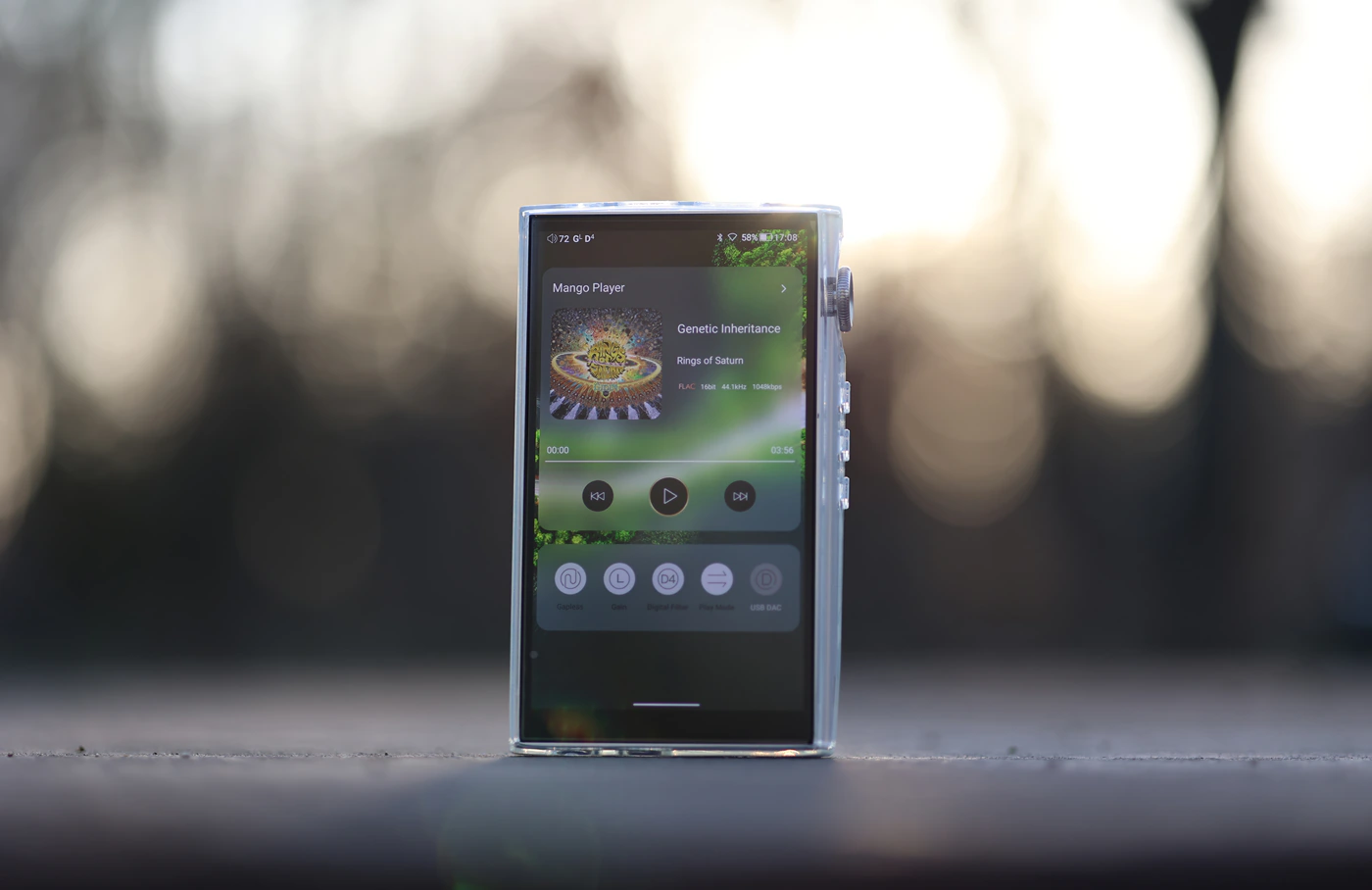
Introduction
iBasso DX260 is a natural upgrade in the DX200 series of DAPs, which previously had the DX240, and before it the DX220. This line of DAPs from iBasso has kept a similar price point despite constant advances in technology, and each DAP seems to improve on everything the others did, sending music lovers into a joyful frenzy every single time iBasso releases one of those DAPs. The DX260 we have in for review today brings in a noticeable uplift from the previous releases, and we have started testing the streaming ability more, so Tidal and Spotify users as well as Youtube Premium users can rejoice, as we will explore how well DX260 handles every service you’re likely to use now and in the foreseeable future. As an Amazon Influencer, I earn from qualifying purchases, and using the purchase links in my reviews helps me maintain this website and Youtube Channel. I thank iBasso for providing the sample for this review, in exchange for my honest opinion.
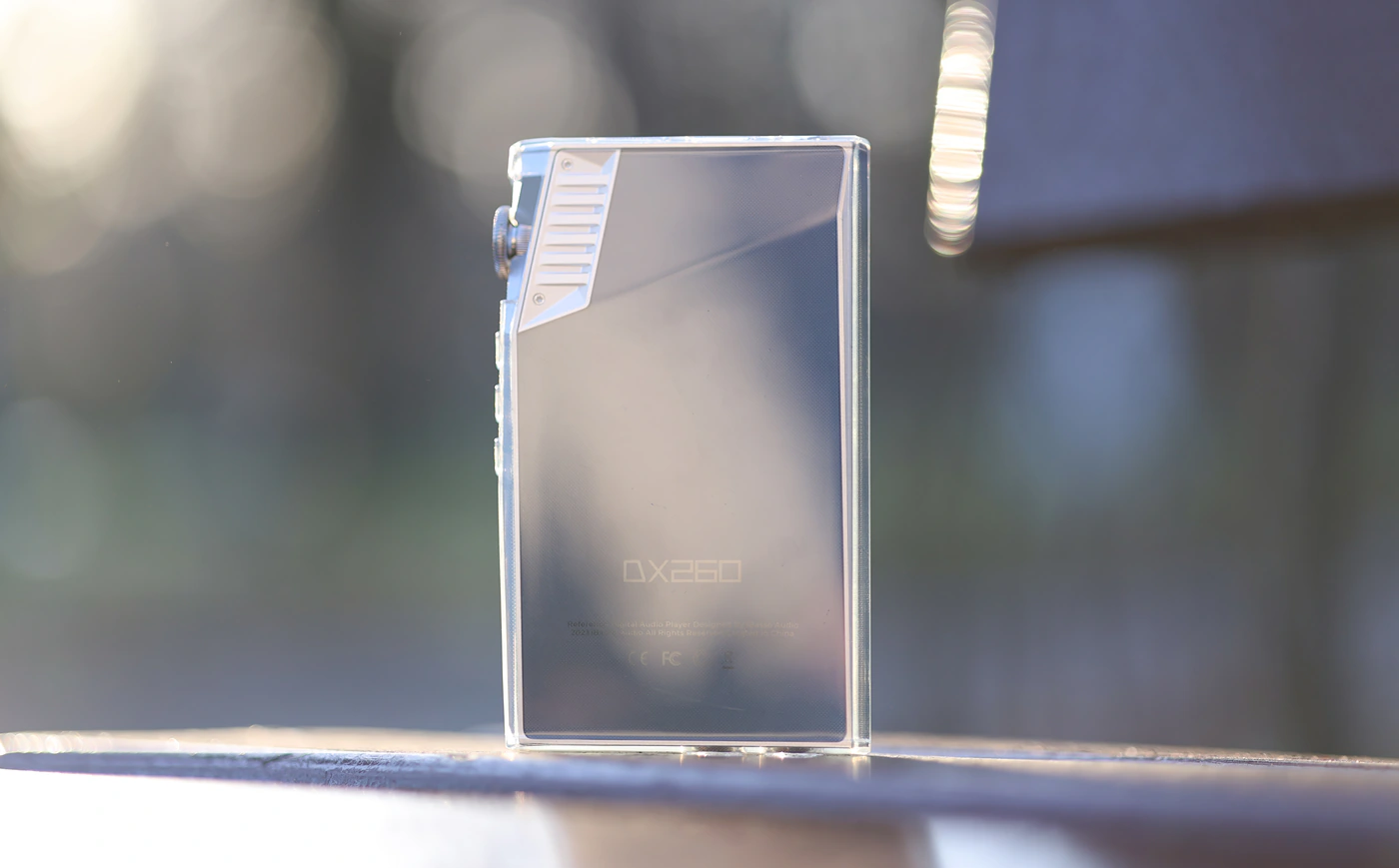
PROs – Excellent design with modern touches, Impressive fast OS and smooth operation, No bugs with the latest firmware update, Superb Sonic Quality, Outstanding Driving Power (Enough for HIFIMAN HE1000SE), Zero Noise with IEMs (Even Campfire Bonneville), Excellent EQ implementation, fast microSD read seed with no stutters even with Hi-Res Music, Fast Wifi, Long Battery Life, Price / Performance ratio, Rich package, Both SE and Balanced output can work at the same time with no sonic degradation, USB DAC has no delay, Basically perfect DAP experience.
Cons – The experience comes at a price (949 USD to be exact), Original screen protectors scratch easily.
Product Link
You can grab one from an authorised seller – https://ibasso.com/where-to-buy/
iBasso Official Online Shop – https://ibasso.com/product/dx260/
Build Quality/Aesthetics
iBasso DX260 is the first DAP from iBasso to implement the Octa-Core DAC solution from Cirrus Logic, with the CS 43198 x 8 DACs. Those DACs have outstanding SNR and Dynamic Range, and although CR is not quite as known as AK or ESS, developing a DAP around CS DACs has allowed iBasso to pursue a different flavor of the sound we heard before from their DAPs. The DACs are implemented in a Matrix DAC Chip array, and this leads to THD+N as low as -123 dB, one of the best seen in portable music players.
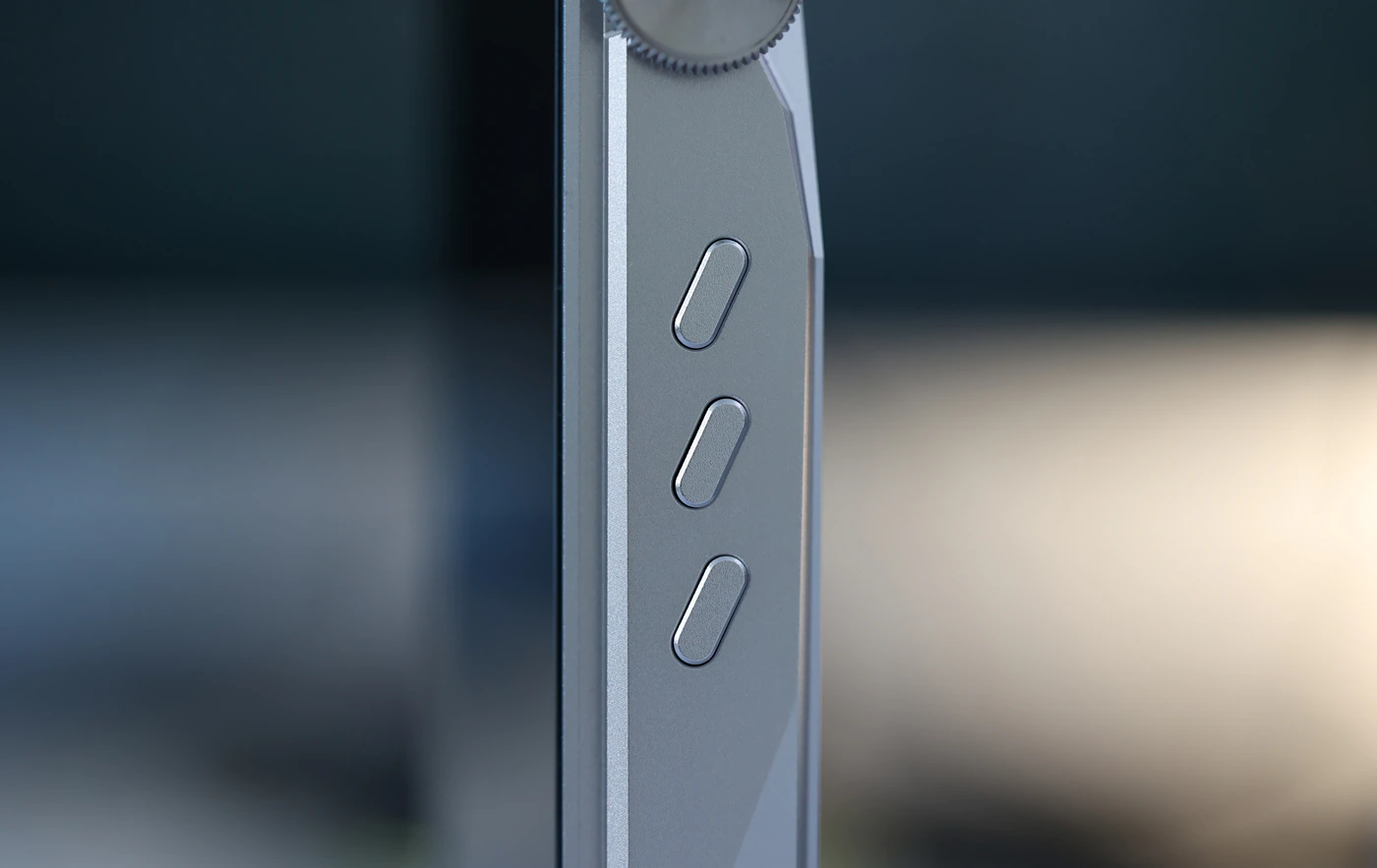
We also have a new FPGA with DX260, as the DAP has the FPGA-Master 2.0, having the new audio system controller, which requests the data directly from the SoC, and allows for improved audio clocks, having a hash picosecond-level precise control, adjusting the DAC clock, data and FIR filter construction. There are 4 DACs dedicated for the Left Channel and 4 DACs dedicated for the Right Channel, each channel having its own FIR Filter, for reconstructing the signal in the analog domain from the digital information stored on the DAP.
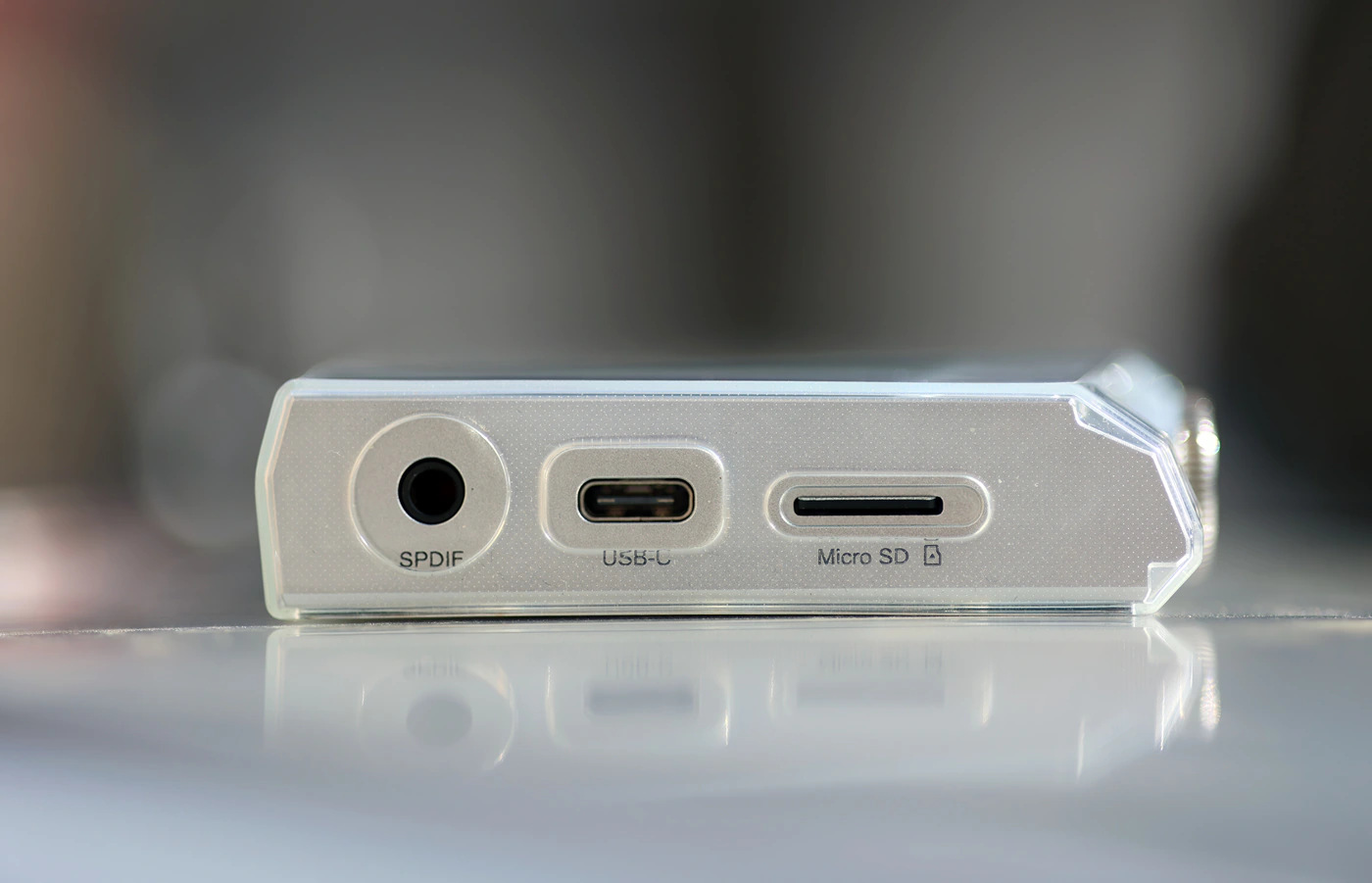
iBasso went for a Synchronous parallel output mode, which reduces the discrete distortion between DACs. You can actually choose between FIR 2X Mode or FIR 4x Mode, which basically allows you for a longer filter with smoothing or shorter filter with harder edges. Generally speaking, higher FIR filters can increase realism in music by acting like a reconstruction filter with more detailed steps. The new DX260 measured with APX555 is quite a bit better than the good old DX240, with DX260 having a DNR or Dynamic Range of 134 dB, a SNR of 133 dB, and a THD+N of -123 dB.
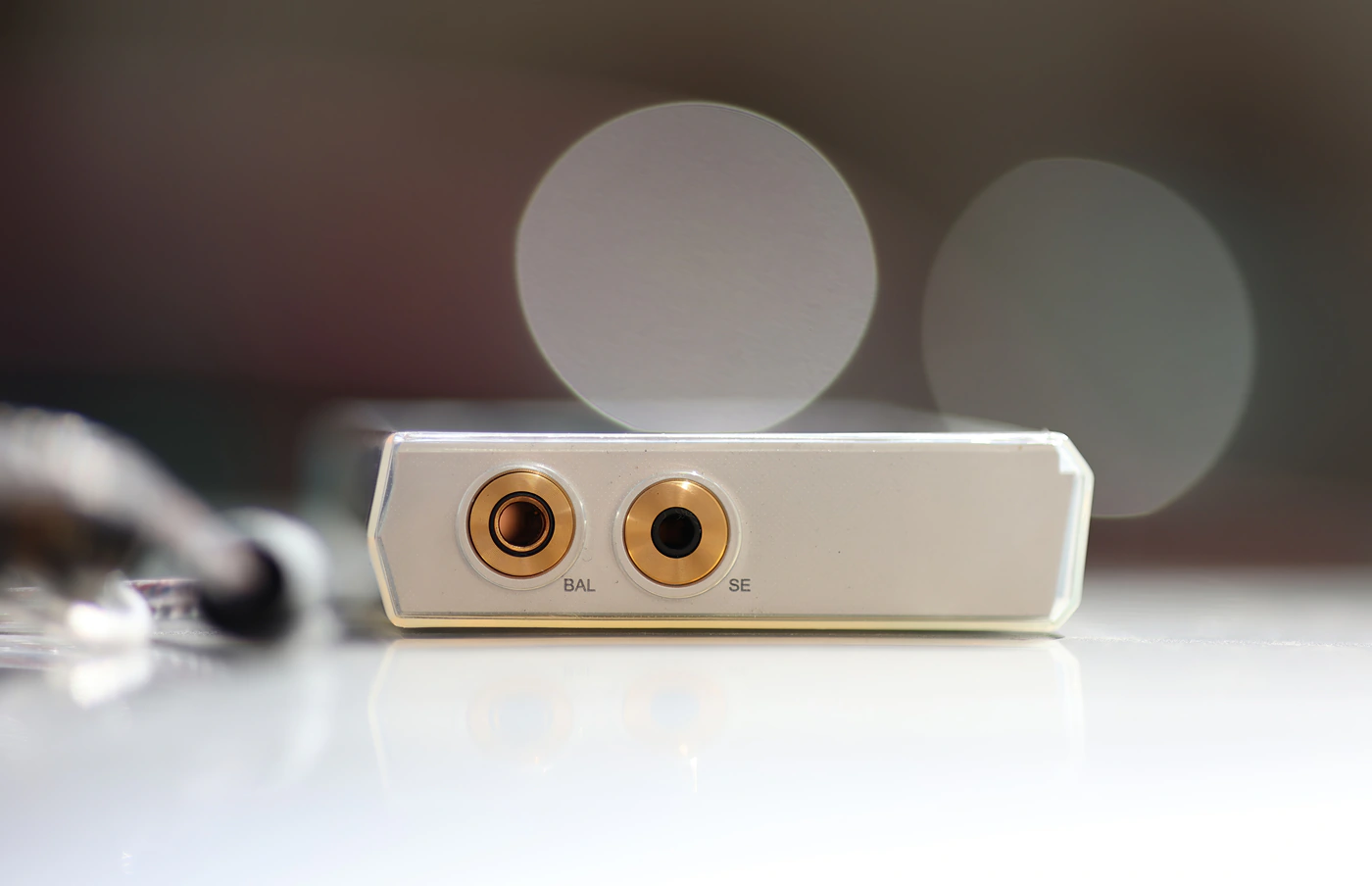
We know iBasso is one of the very few companies to make replacement batteries available for their DAPs, but with DX260, this is ridiculously easy, you just need a standard screwdriver for small screws, and you can take the back off, replace the battery and renew the life of DX260 in less than 5 minutes. I love this about iBasso DAPs, because I did it in the past with DX220, as I used it daily for a few years since its release. With DX260, the volume wheel is guarded by industrial looking metal guards, also the buttons on the side are configurable.
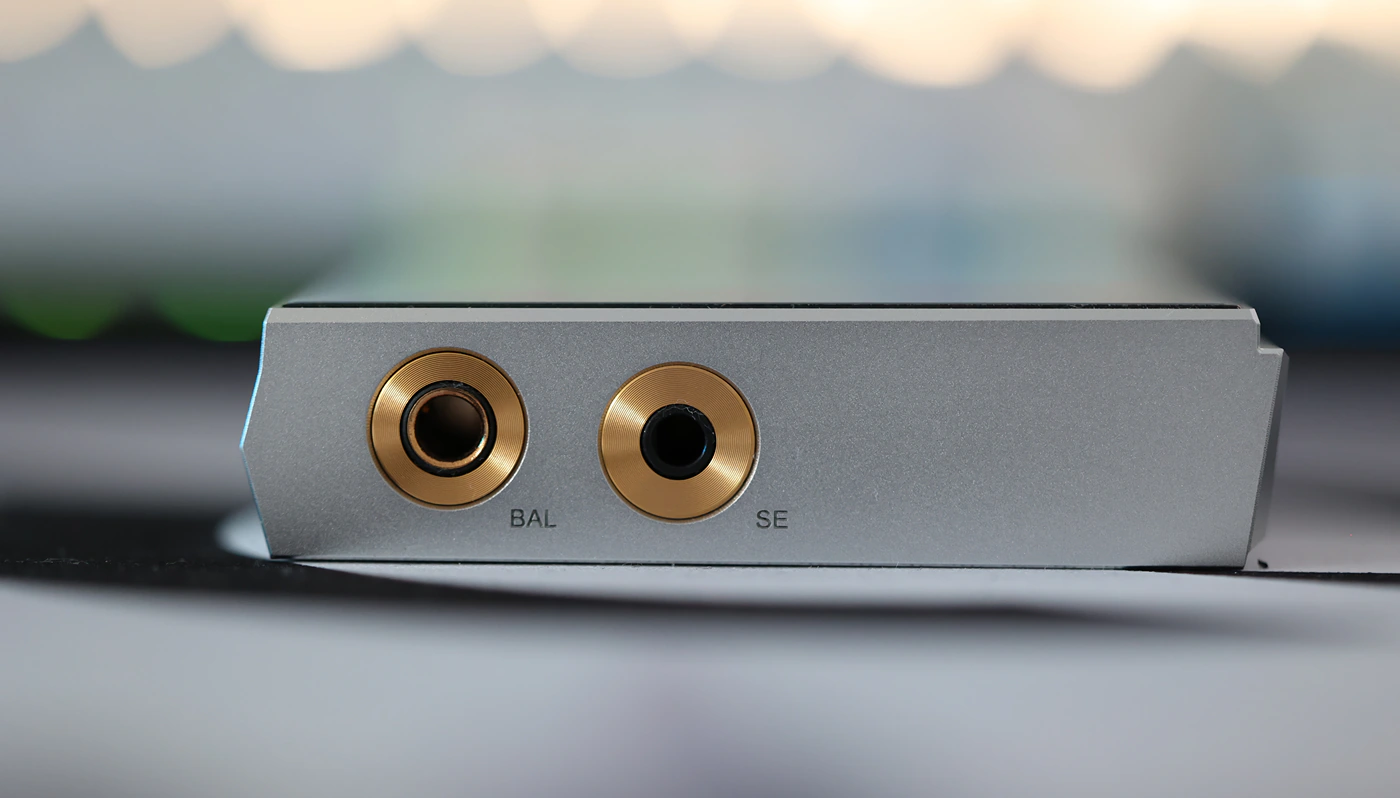
At the front of the DAP we have a sharp, bright and clean looking 1920×1080 Display, with a capacitive touch interface. The formal list supported by DX260 includes all of the popular formats, including Ape, Flac, Wav, WMA, ACC, ALAC, AIFF, OGG, Mp3, DFF, DSF, DXD, and DST. The Type-C port at the bottom is used for both transferring data, charging the DX260, and it is a USB 3.1 port. We have strong Wifi implementation with a 802.11b/g/n/ac card that works both at 2.4GHz and 5.0GHz speeds. The unit weights just 229 grams, and it has a size of 123mm*75mm*17.5mm.
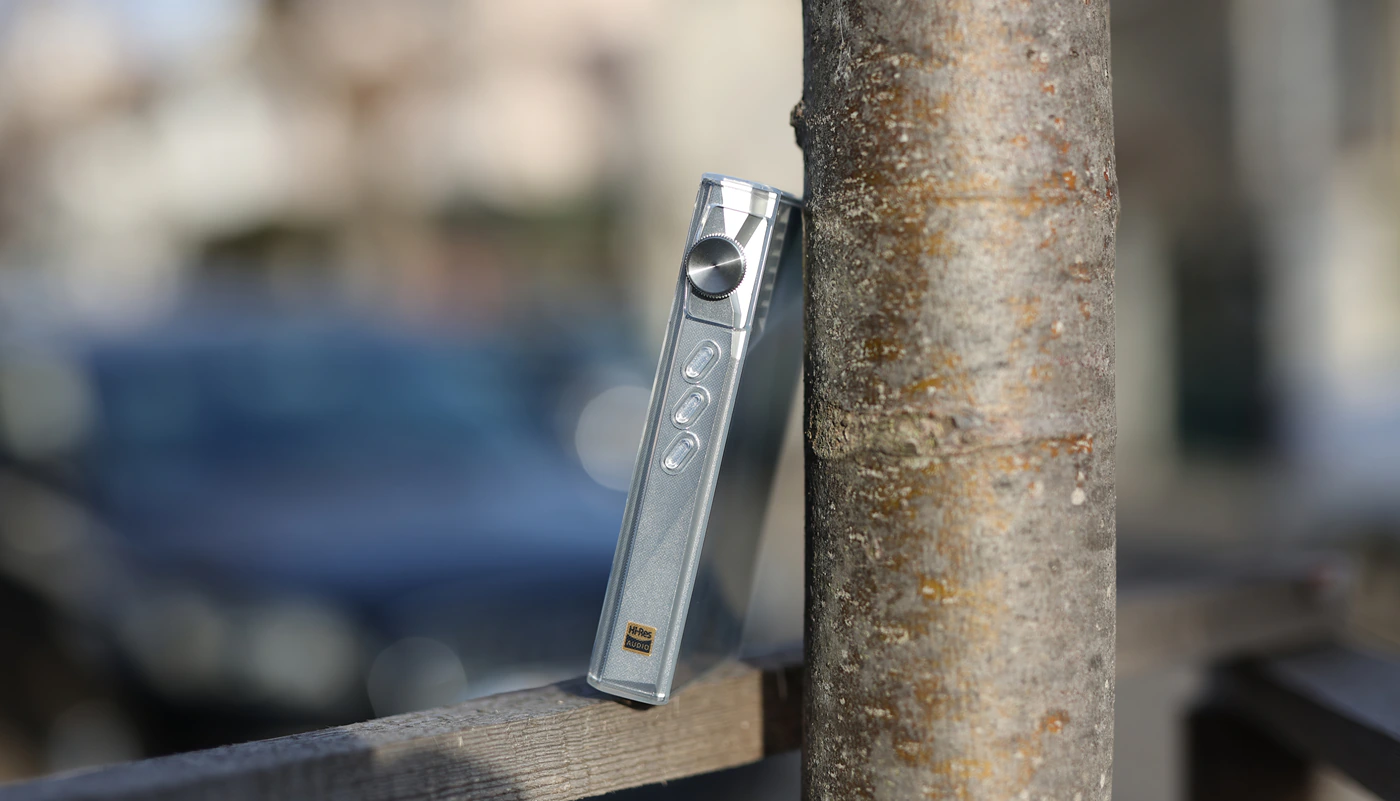
There is Bluetooth 5.0, but I have used DX260 mostly to drive headphones from either the 4.4mm Balanced headphone output or the 3.5mm single ended headphone output. The total power output reaches 1015mW, per channel, at an impedance of 32 OHMs, for the balanced headphone output, and it has a THD <0.5%, a SNr of 133 dB, and a Dynamic Range of 133 dB. The Crosstalk is 145dB, and the Noise floor is <930nV at low gain. Although at high gain the noise floor does theoretically increase, I am unable to hear that with any of the IEMs I have, including very sensitive ones like Ambient Acoustics MAD 24, or Campfire Ara. There is no hissing and no background noise to hear, just pure music with DX260. The maximum voltage for the balanced headphone output is 6VRMS.
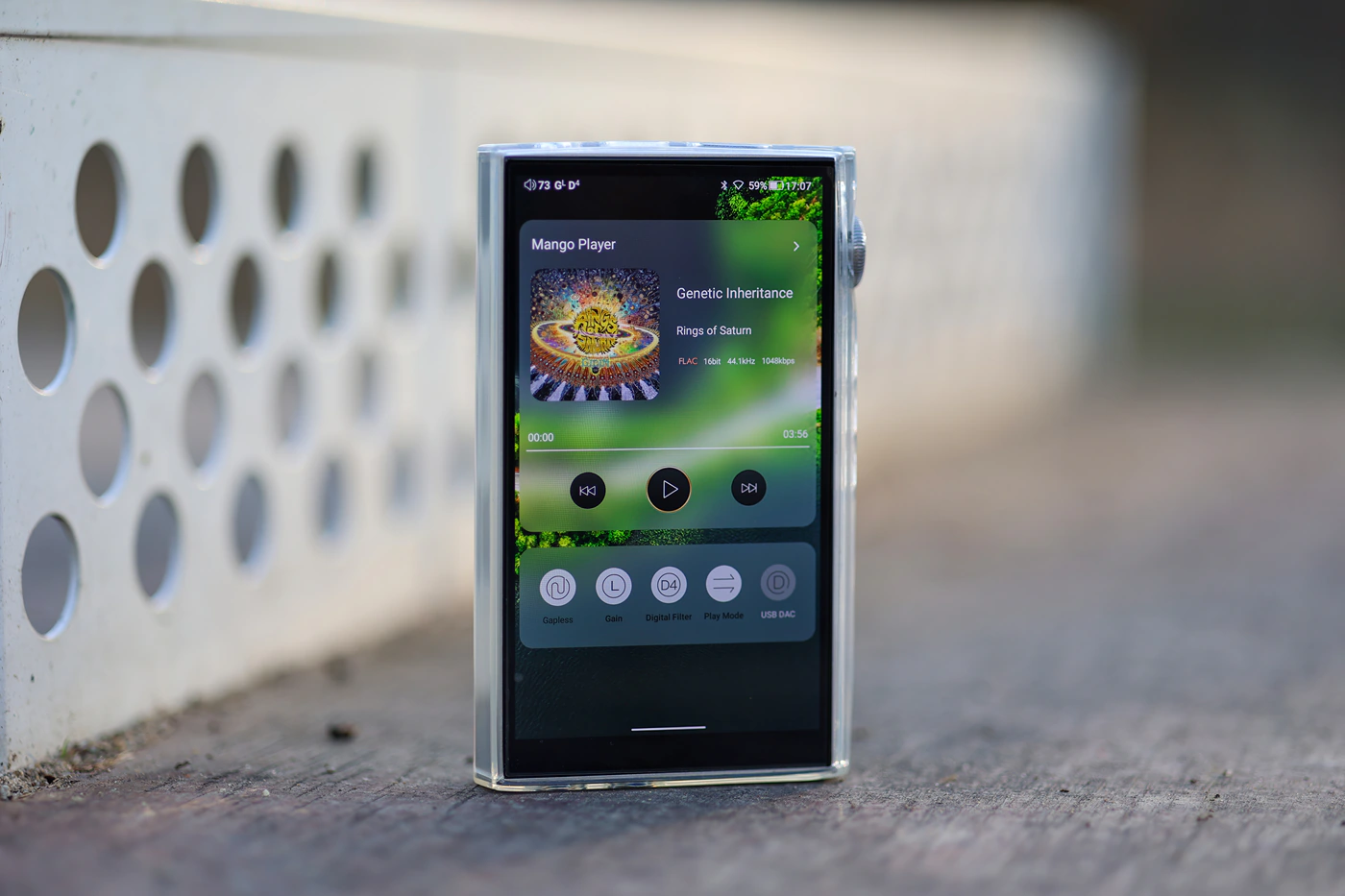
The 3.5mm headphone output is single ended, and it has a lower output power, a 3Vrms maximum voltage, and an output power of 280mW per Channel at 32 OHMs. The SNMR is 128 dB, the Dynamic Range is also 128dB, and the Crosstalk is 118dB. The noise floor is <850nV. In theory, the single ended headphone output is quieter in the background, but the difference is very small, and you’re not likely to hear it with any IEMs. Also, the lower crosstalk separation for the single ended headphone output can make the soundstage feel a bit larger, wider, but the balanced headphone output will always have better instrument separation.
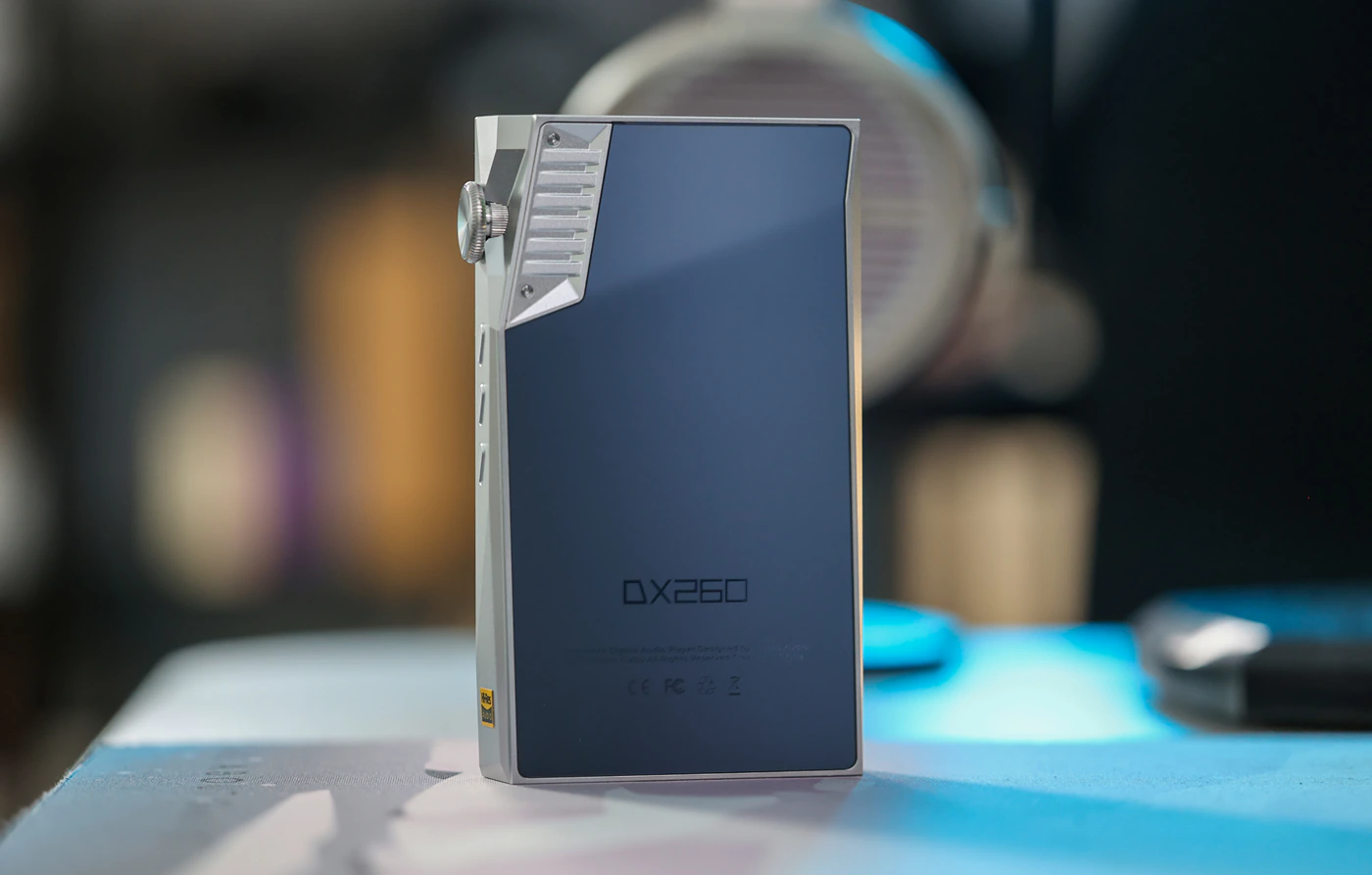
Technically, we have PCM support up to 32 Bit / 768 kHz, and DSD up to Native DSD256. The microsD slot supports cards up to 2TB, and we have QC3.0 and PD 3.0 Charging as well. The unit feels portable, snappy and clean, the design is superb, and the display is sharp and bright. The silver version I have looks really nice in photos, but both versions should stack up well in person. I love the overall device, it is pocketable, no sharp corners, but it looks edgy and modern, much better and more elegant than DX240 and most DAPs out there. The only thing I can complain about is that the display protectors included in the package will scratch rather easily, so I would try to source something more scratch resistant.
Power / Batteries
iBasso quotes a rather long battery life of 14 Hours, but that is for the single ended headphone output, at low gain. If you’re using the high gain and balanced headphone output (which is likely when you’re purchasing a high-end DAP), the battery life is closer to 8-9 hours. The battery does not drain while using the DX260 as a USB DAC, but it doesn’t seem to be charging either, regardless of how long I leave it plugged in. The battery lasts generally more if your IEMs or Headphones have an impedance of 32 OHMs, if you’re using them at medium volumes, and if you’re listening to MP3 files or flac files. Using Hi-Res files, high gain, or having a really low, or really high impedance drains the battery quicker.
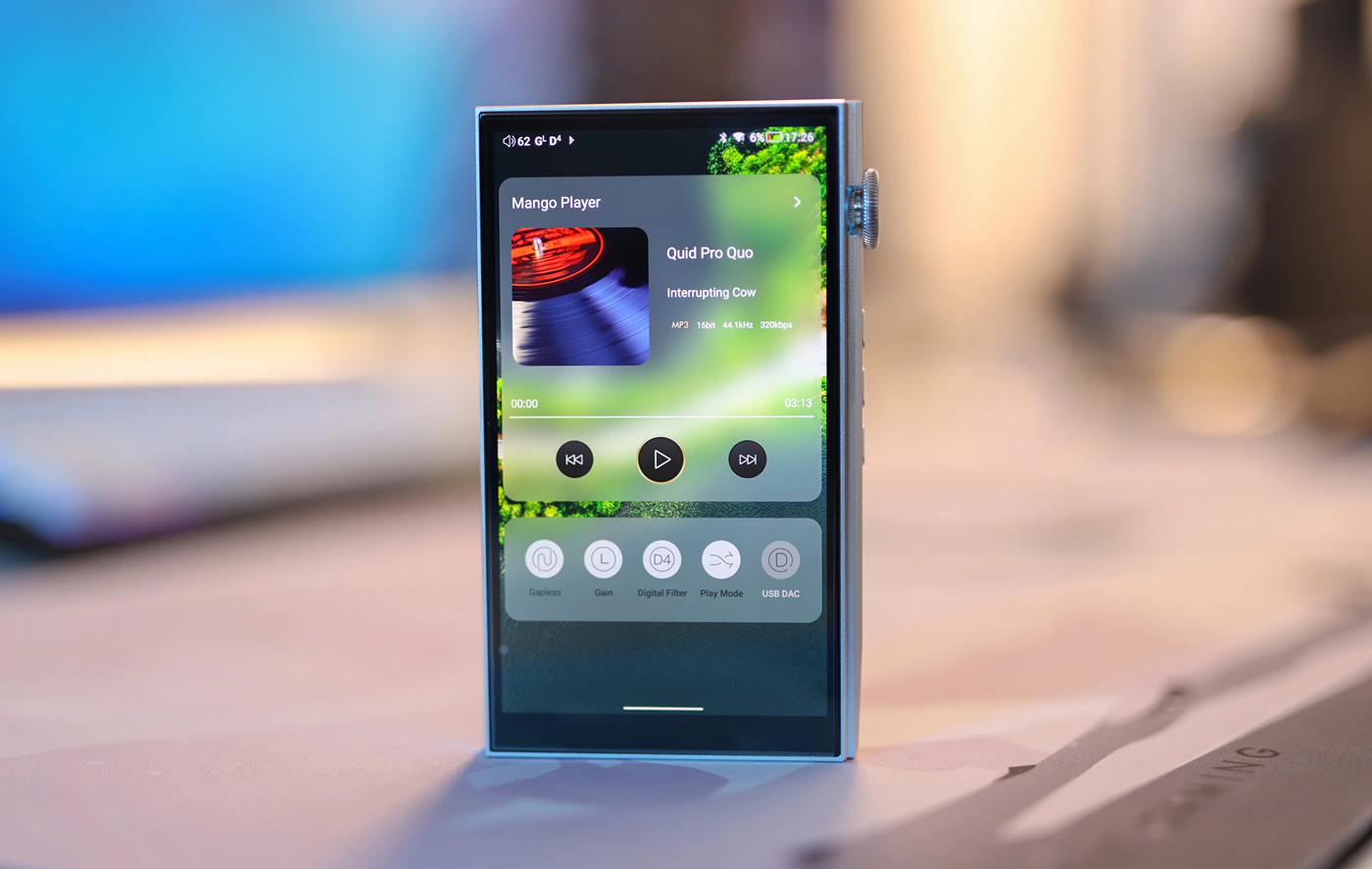
The battery charges quickly, in around 2 hours, and since DX260 has a rather large battery inside, of 4400mAh, with Li-Polymer construction, it will last a long while with both normal and heavy usage. I generally cannot complain about the battery life, it is in line with what most DAPs offer, and in fact a bit better than what I’ve seen with Hiby R6 III or FiiO M11 PRO. I had the chance to test the battery life of DX260 during my trip in Italy this year, and still have my notes on Hiby R6 III from my trip to Italy exactly the previous year, around the same time. I noticed that if I don’t turn off DX260, the battery can drain in a few days, so it would be a good idea to make sure it is turned off after usage. At least in the Android mode there is no auto turn off option, and it drains slower than my Samsung S23 Ultra if I’m not using either, while it is idling, but I forgot to turn it off rather often, similar to FiiO Q15.
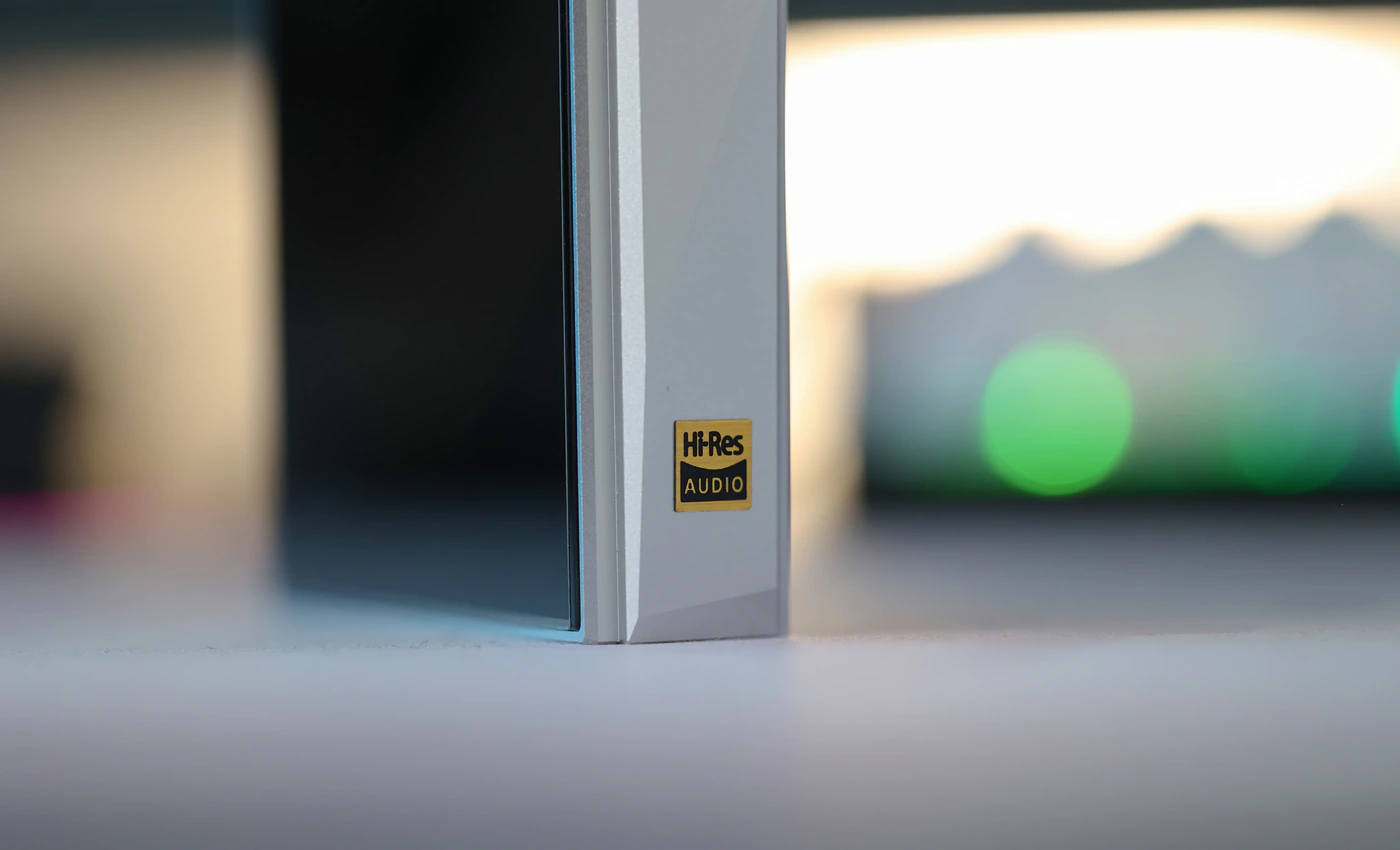
The battery replaceability is top notch, you can be sure DX260 will live forever in your collection, as replacing the battery takes just 3-4 minutes, is simple, and anyone can do it just fine. Finding batteries is also rather easy, both directly from iBasso or from dedicated battery shops.
Under The Hood / Functionality / Software
At the heart of the iBasso DX260 we have a high-end Snapdragon 660 CPU, with 4GB of RAM and 64 GB of ROM, allowing for one of the smoothest DAPs I had so far, excellent streaming experience and with a good implementation of Android 11. We have both the Open OS of Android 11, where you can install apps, and use all of the standard Android features, but iBasso also implements a purist OS mode, namely the Mango OS, which cuts down on the features, to offer a more pure sonic approach and allow you for less interruptions and potentially a better sound than in the Android Mode.
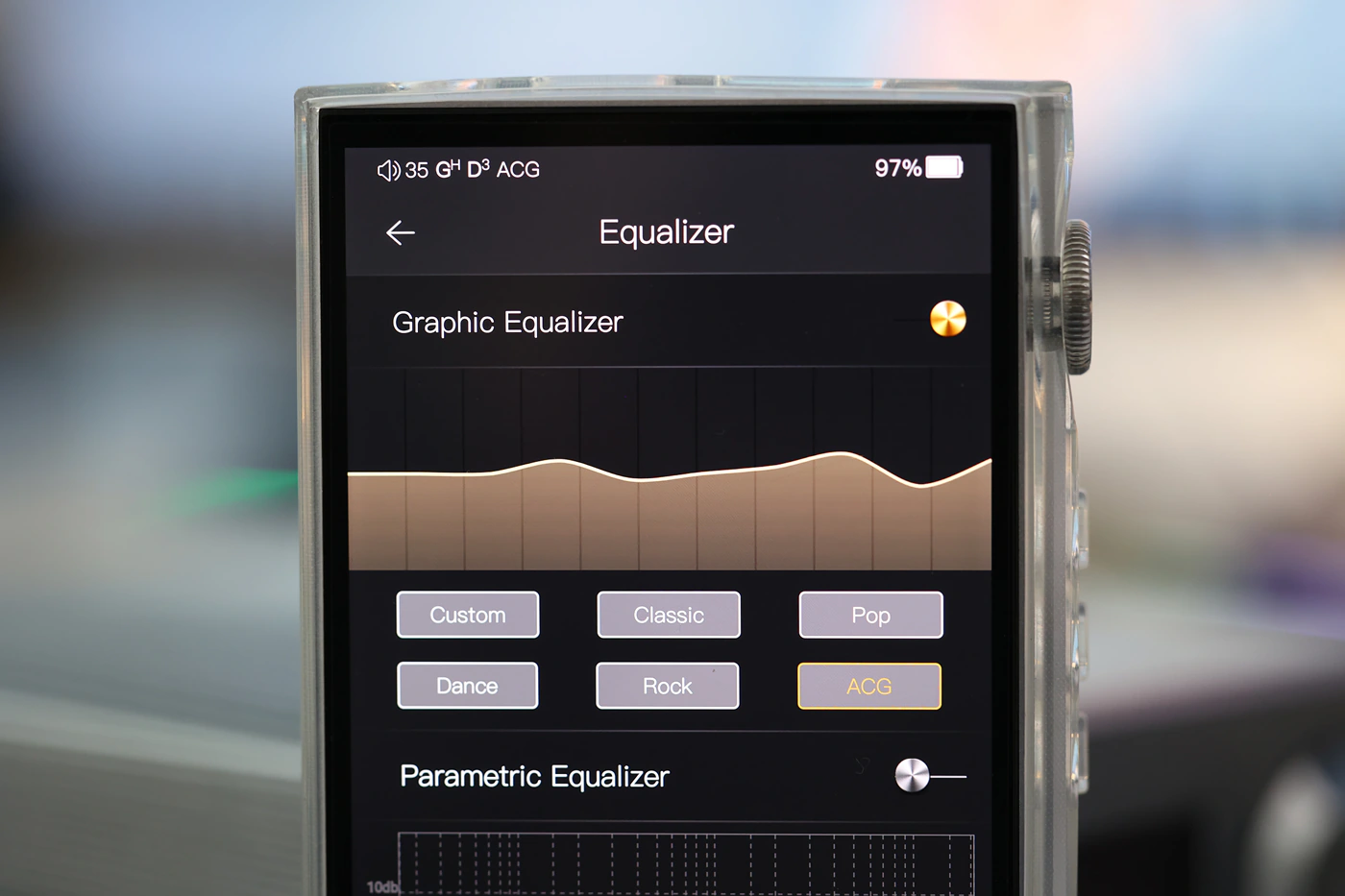
To make sure you’re getting the best sound possible, DX260 will completely bypass the SRC at the system level for all apps installed. Although there is potentially a better sound to be had with the Mango OS mode, the mode has no Wifi or Bluetooth, to lower the EMI or the interference to the lowest level possible. The new Mango OS as well as the Mango app look and feel modern, are both responsive and there is very little difference in processing and browsing speed between using ibasso DX260 and my Samsung S23 Ultra smartphone for music. For Wifi Streaming, via speed test, I got the same speed from DX260 as I got from my S23 Ultra, which is 60 MBps, enough for any application to work smoothly.
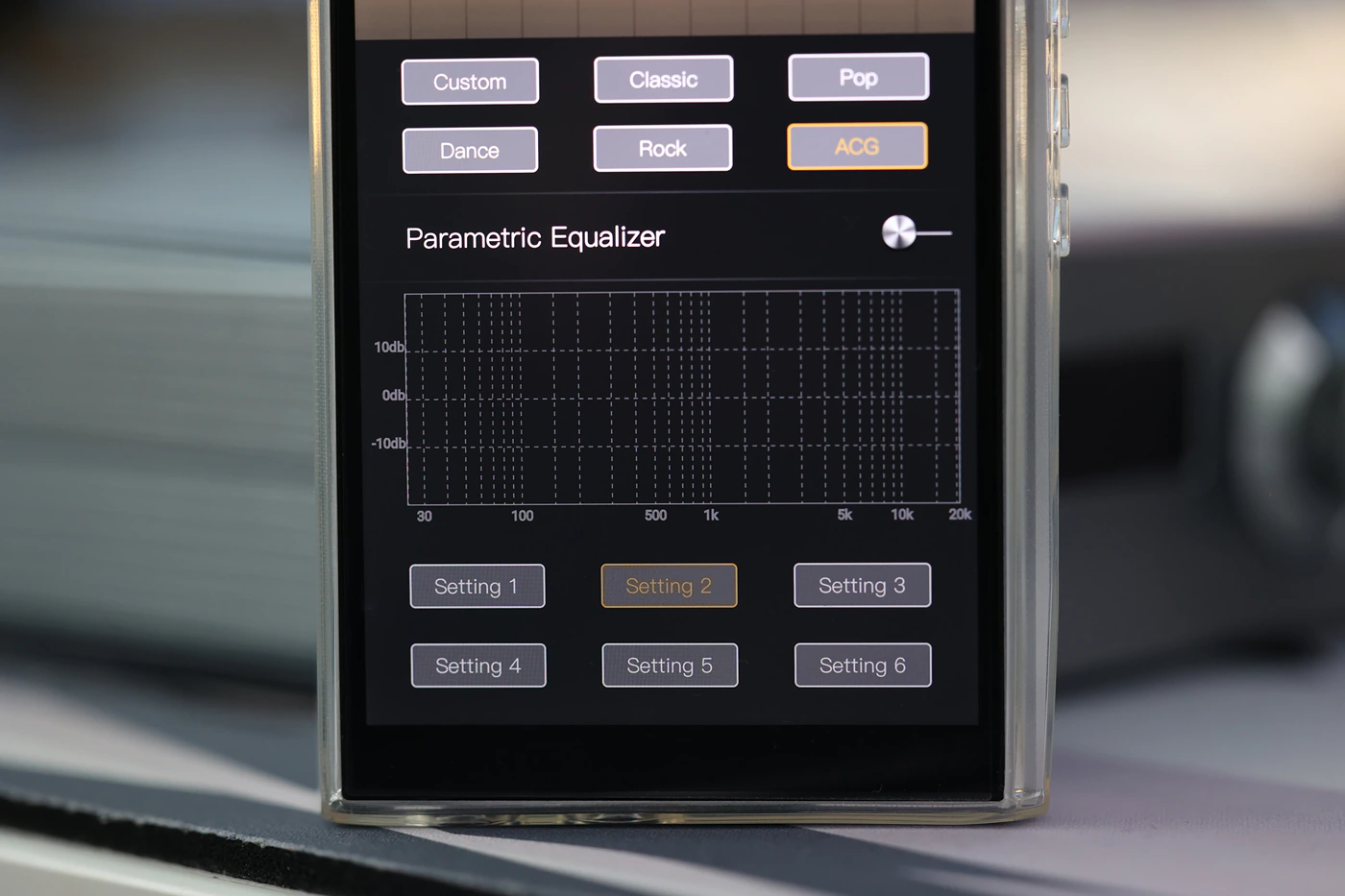
The unit is very responsive, and it never blocks or stutters, at least with the latest update feeling like a smartphone almost. The only difference is that I have been spoiled by having very fast refresh rates on everything, including my monitor and smartphone, so 60 Hz can feel slower, but DX260 never struggles with anything, including streaming. We have one of the best EQ implementations I’ve seen for a DAP, with an excellent sound, and you can have your pick of either graphic EQ or Parametric EQ, to tune basically any pair of headphones or IEMs. The headroom is huge, so there is enough space to play if you know what you’re doing.
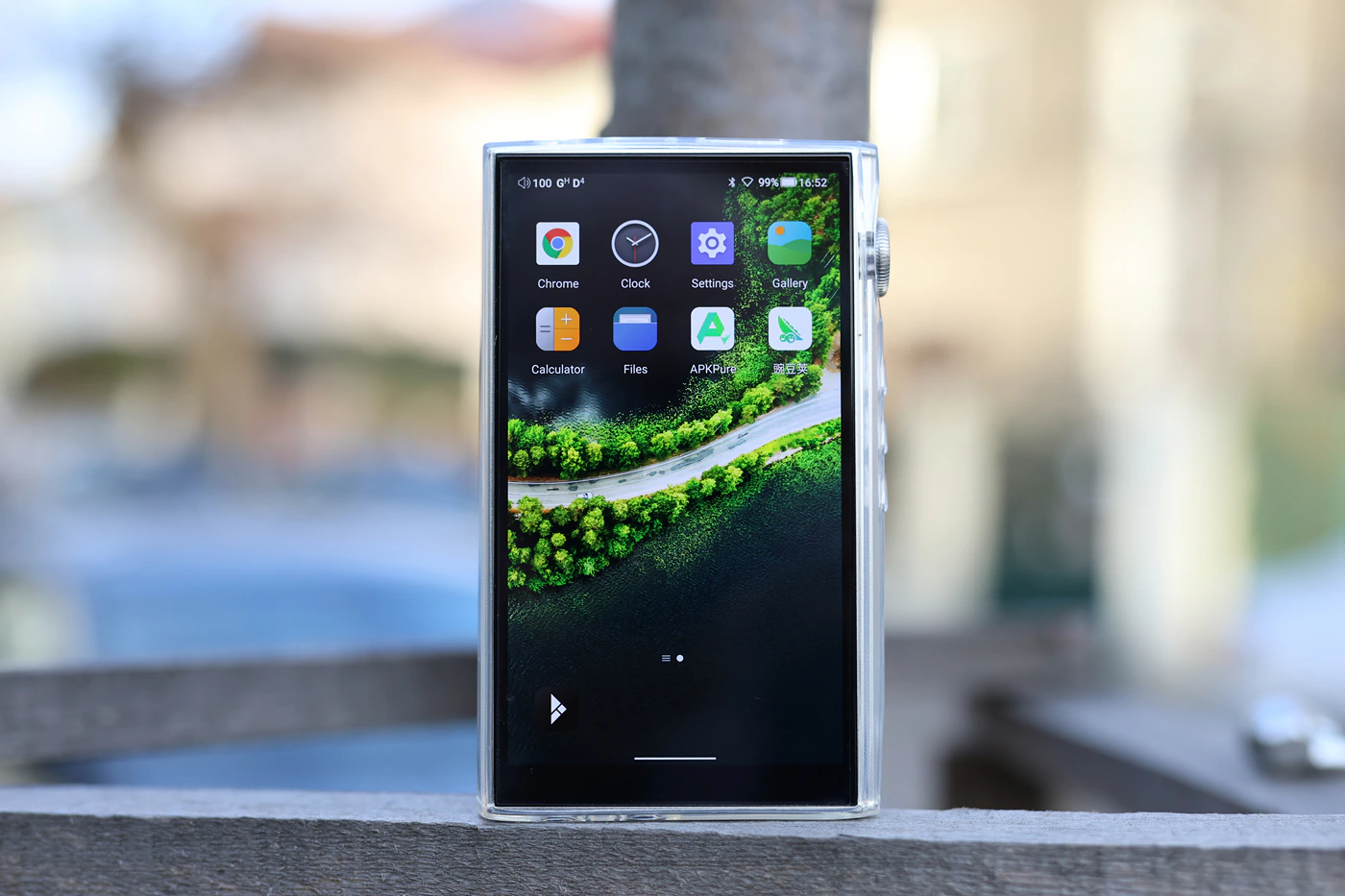
For installing apps, DX260 comes with aptoide, which is a Google Play alternative. If you install the latest firmware, there is also google play store support, and it comes installed and usable after the firmware update. Tidal works flawlessly, Spotify does too, and you can find most apps in the store as well. I have installed Tidal and Spotify, and as I have premium accounts on all of those, including Youtube and Tidal, I have been able to test if the streaming stutters using the highest data rates possible. There is no stutter, all songs load ionstantly. To upgrade the firmware, you do it in steps, basically you update it once, go to firmware update, and do that again, until there are no more updates, as each update takes place above the previous one, as it happens with smartphones.
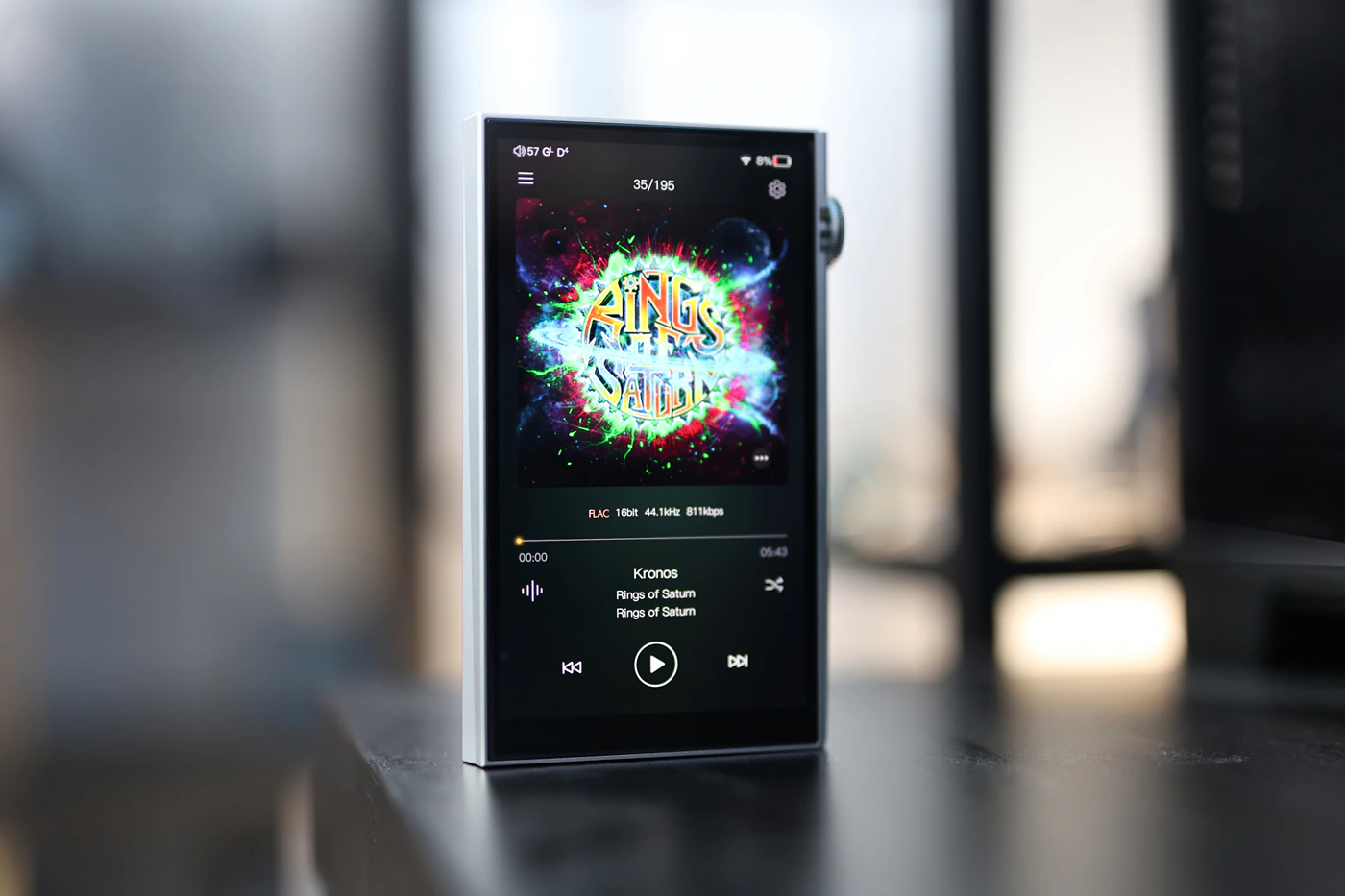
Sonically, there are no dropouts, pauses or any other issues even if playing 4K videos from Youtube. The display is not 4K in resolution, so if you’re playing 4K videos, depending on the video, it might result in dropped frames, although there is no stuttering, both the Wifi and the CPU / OS are strong enough to keep the audio clean, clear and rolling. For the most part, I cannot tell the difference between the Tidal flac lossless version of a song and my own CD rips, local files play with the same quality as Tidal CD rips, and USB DAC has the same sound if you’re playing the same files, everything is maxed out in sonic quality.
USB DAC
The main highlight when reviewing anything that can work as a USB DAC is if it actually works well with no delay, and I am happy to report that DX260 has Zero USB DAC delay, it works well with all my programs, and this includes listening to music via Foobar2000, listening to music via Tidal, including MQA files and lossless flac files, listening to Spotify, but also working with Adobe Premiere and Adobe Audition. For gaming, the sound is reproduced in real time, with no delay, you can play competitive games and watch movies / music videos without any kind of delay.
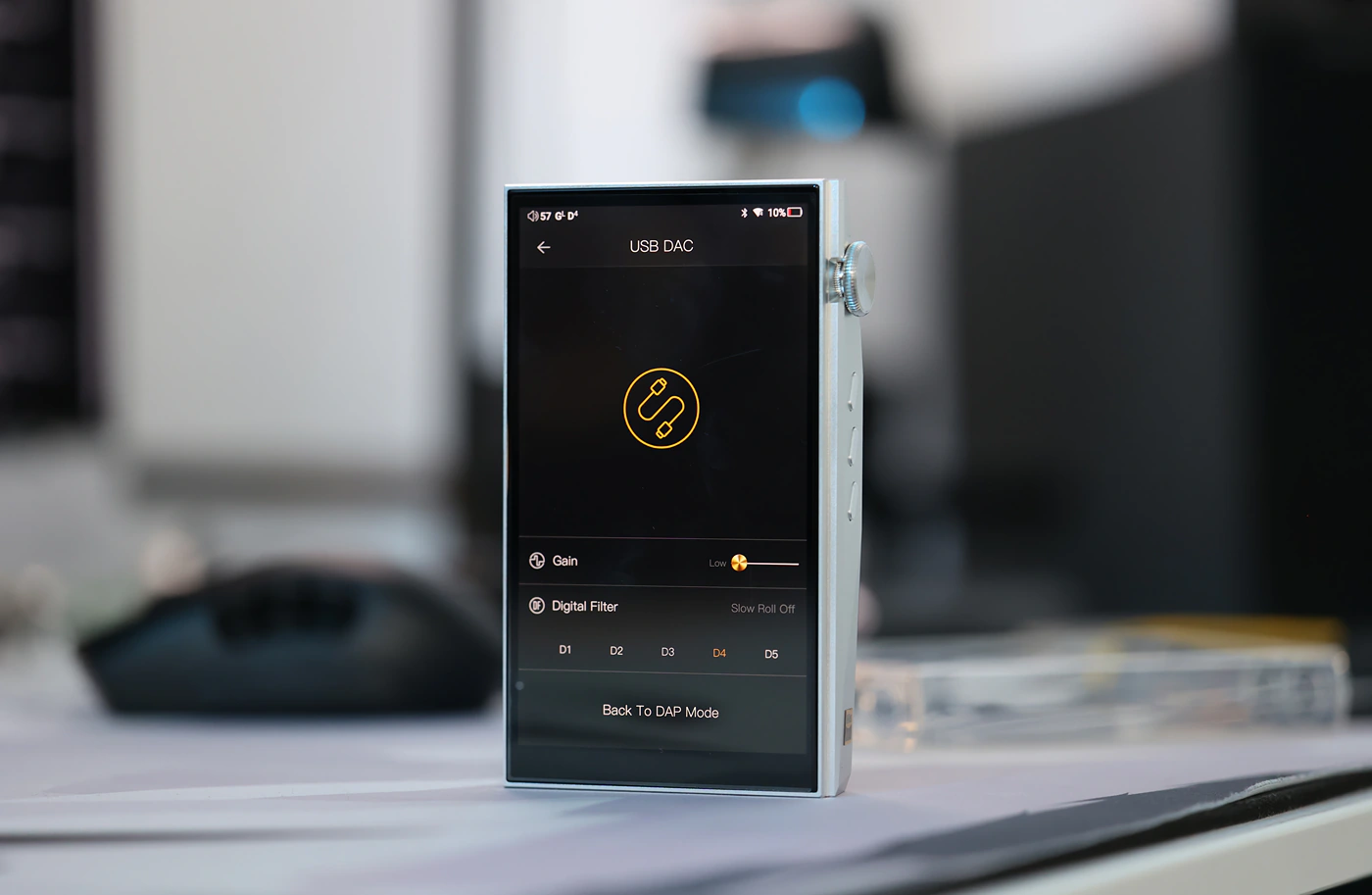
To test the USB DAC delay, I typically use a meter which shows a ball dropping and a click sound when it touches the ground, plus a time meter. Using this, DX260 registers no measurable USB DAC delay. I can also confirm that gapless playback works well, you don’t get a pause between songs nor is the 1st second or half a second cut off, as it happens with FiiO Q15 and a few of the DAPs currently on the market with a USB DAC ability.
Sound Quality
Pairings – For most of my listening, I have used a mix of 33% listening to iBasso DX260 as a USB DAC, 33% of the time using it as a DAP playing files from the internal memory, and 33% of the time I’ve used it for streaming, including Tidal, Youtube and Spotify. I’ve been pairing DX260 with all the IEMs and Headphones I reviewed recently, as it quickly climbed to be my favorite source, and for reviewing purposes I wanted to give it enough time to understand its tuning and signature properly. The list includes ThieAudio Hype 4, Campfire Bonneville, FIR Audio e12 Electron, Spirit Torino Twin Pulse, Aune Audio AR5000, HIFIMAN HE1000SE, Sivga Luan, Meze 109 PRO, iBasso SR3, iBasso IT05, Austrian Audio Hi-X60, and Crosszone CZ-8a. iBasso manages to drive all of those headphones properly, with no distortions, and for the IEMs, there is fantastic control, no background noise, no hissing, and no noise that I can mention. Basically, every single aspect of the sound is nailed perfectly, including that pitch black background with no noise, and dynamics that are through the roof.
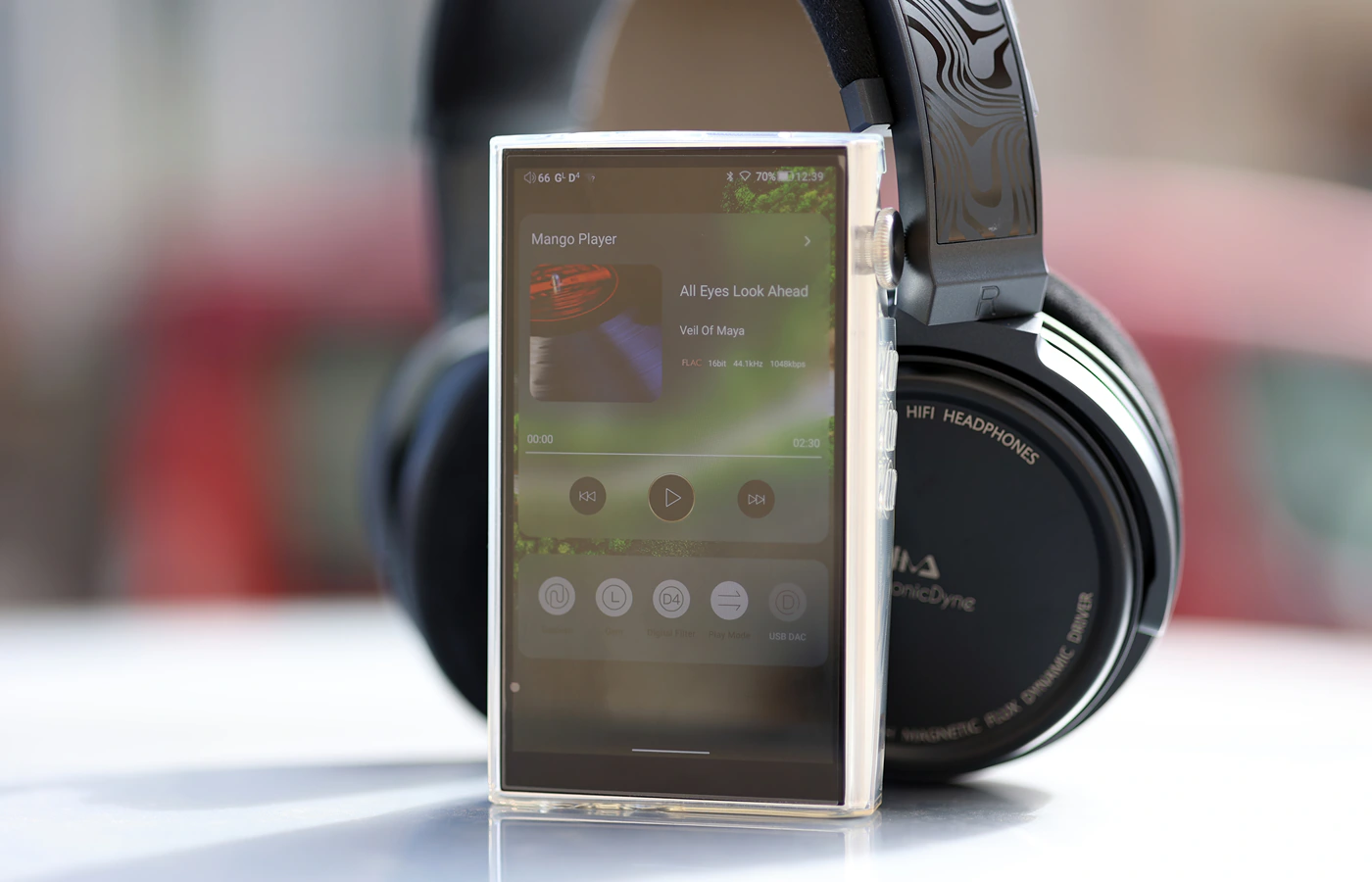
Overall Signature – iBasso is generally known for their superb accuracy, resolution and detail, but DX260 takes a turn into providing earth-rumbling bass levels, extra special control, a wide and holographic soundstage, and incredibly good dynamics. The overall tuning of the DX260 is slightly warm in the midrange, with a fully extended and airy treble, sweet sounding voicing and with a deep and lush bass. The sound is more hyped, dynamic and more punchy than most DAPs in the price range, the soundstage is deeper than with the SE180, or DX240, but the treble is airier and more sparkly, more transparent and it has a better resolution than with either SE180 or DX240, while the bass has the strength, depth and control of DX320 MAX Ti with IEMs. If you’re driving headphones, you can expect a similar level of control compared to FiiO Q15, but a more dynamic, punchier sound, the way DX320 MAX Ti delivers music. The instrument separation is especially good, and DX260 tends to have a slightly sweet, slightly warm tonality to it, which emphasizes female voices and guitars, violins and pianos, giving them more emotion and a more accurate to reality presentation. Music generally sounds rich, full and realistic, with strong contrast and emotion.
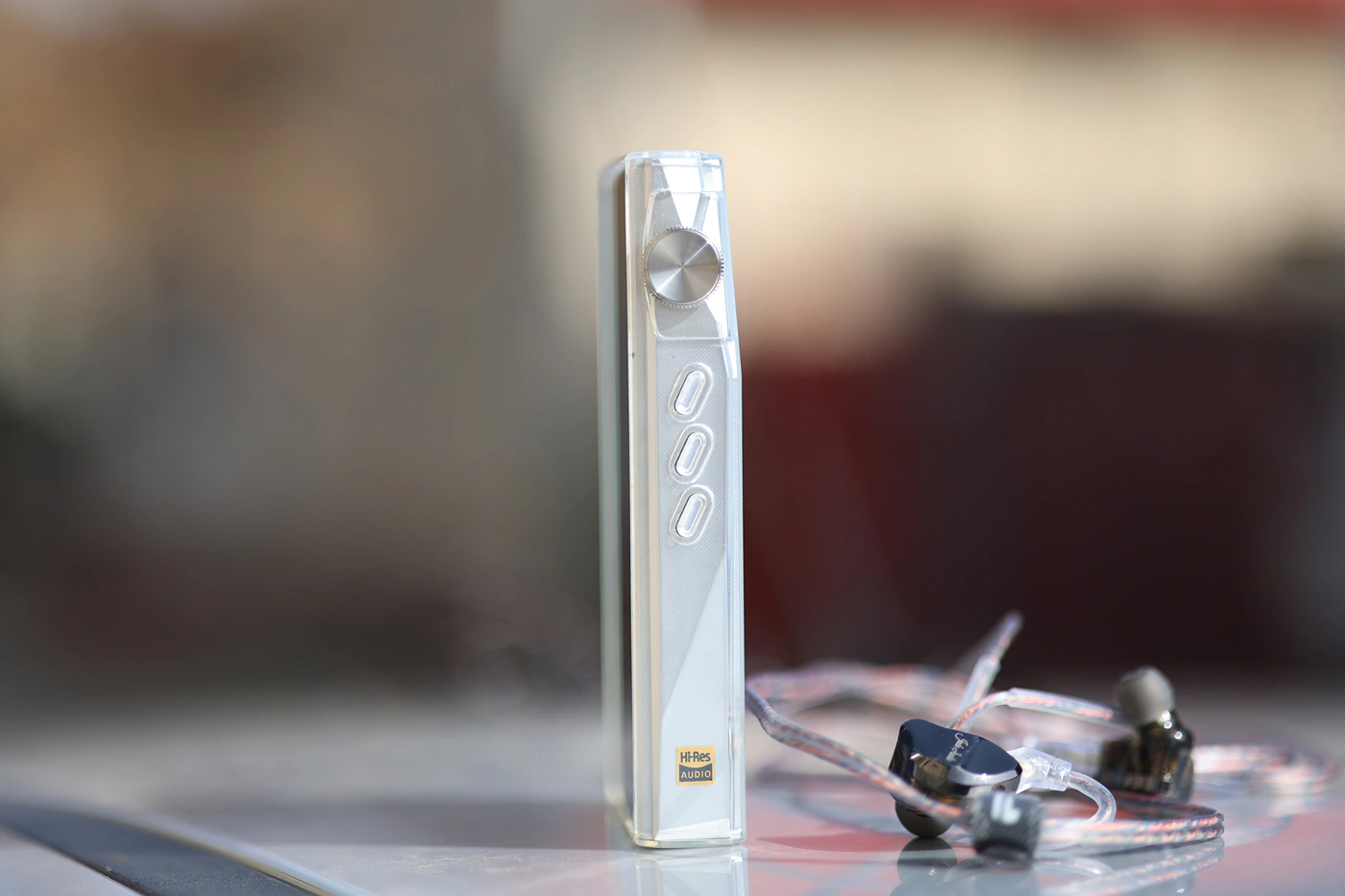
Bass – The low end of DX260 sounds deeper and improved when directly compared to DX240, but also has better depth and more volume when compared to most DAPs, DX260 sounds especially lush, deep and capable of reproducing the bass and low end, with both IEMs and Headphones. The maximum driving power is plentiful for most full sized headphones too. DX260 brings forward nuance, low-enbd extension, and with songs like Datsik – Feel Good, we heard a rich, full and smooth bass, with excellent reach down to 20 Hz, and a huge sub bass impact, with Sennheiser Ie900 being able to reach a satisfying impact and depth. Although Ie900 are not generally picky with the source, it takes a good source to really make them shine, and DX260 gives them that extra bit of oomph I want with my music, especially dubstep. The midrange is sweet, not quite as forward as the bass, while the treble is sharp, clean and airy, with the voices being presented naturally around the listener, the bass takes 1st place in the mix, and the special effects and other instruments are projected onto the boundaries of the hearing / spatial presentation, but still kept well defined and well separated.
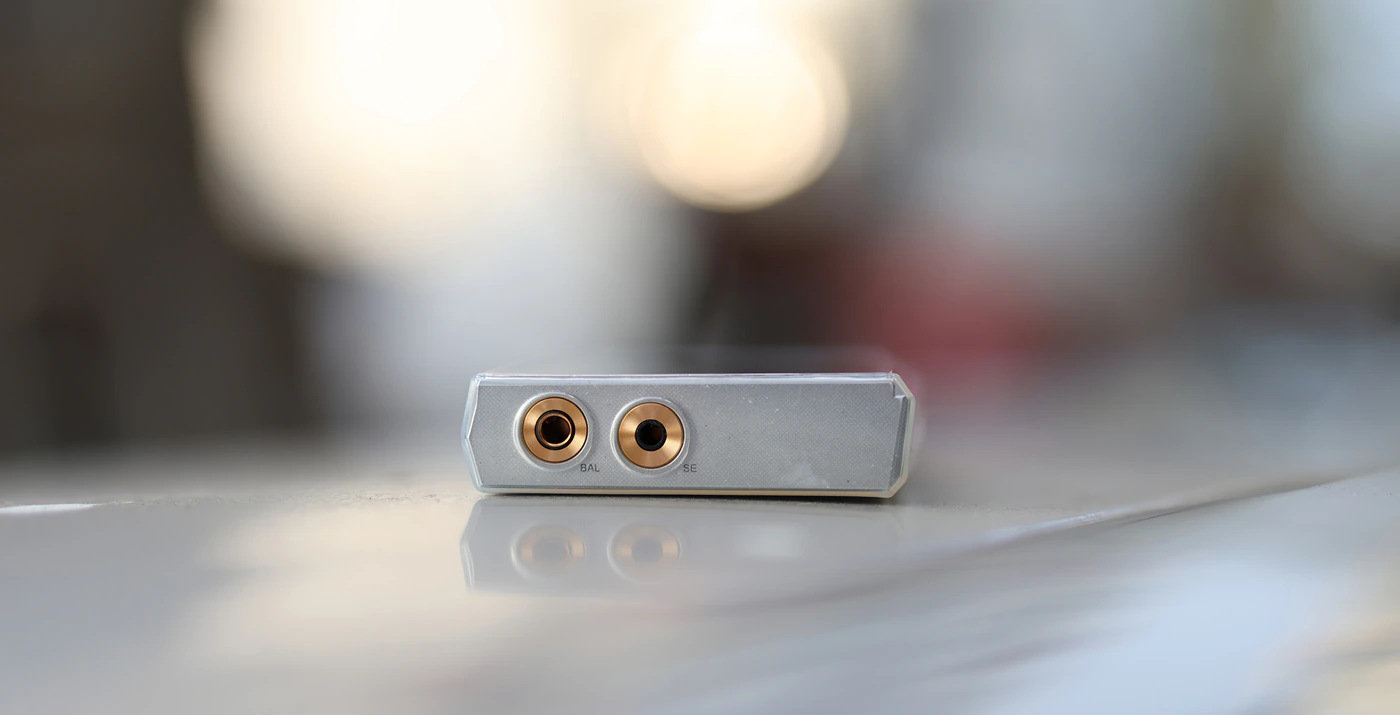
Midrange – Although the bass of DX260 is a huge plus, and its impact is indomitable, the midrange is actually where it shines the most, as it has a really rich, smooth, detailed and cohesive midrange. I noted in my full written review of Hiby R6 III that it sounded a bit clinical and had a bit of what is typically considered a digital glare, but DX260 sounds simply rich, natural and deep, the midrange and voicing in particular can achieve and deliver a presentation that is truly natural, I hear voices as if they were spoken and sang right in front of me, rather than my music sounding like a recording. It may come as a shocker, but it doesn’t take any specially well recorded music such as Jill Tracy songs, which sound excellent on most setups, but rather DX260 can produce music from over processed pop songs, it breathes life into music, brings voices out in music, without making them aggressive or forward. For example, in the song Closure in Moscow – Vanguard, I am immediately surprised by the sweetness of the guitars, how well layered they are, and how well separated the guitars are from the voices, and drums, despite it all being cohesively put together. There is a good sense of space and the whole song plays cheerfully around me, with the lead guitars being particularly dynamic, each note having its own nuance, and the whole song being more realistic and present than I’ve ever heard it. The trick with DX260 is that the bass stays a central element of the song, allowing for a groovy bassline to dominate the midrange, giving substance and presence to the whole song, while both lead and background voices are clean, the drums playing more shyly in the background.
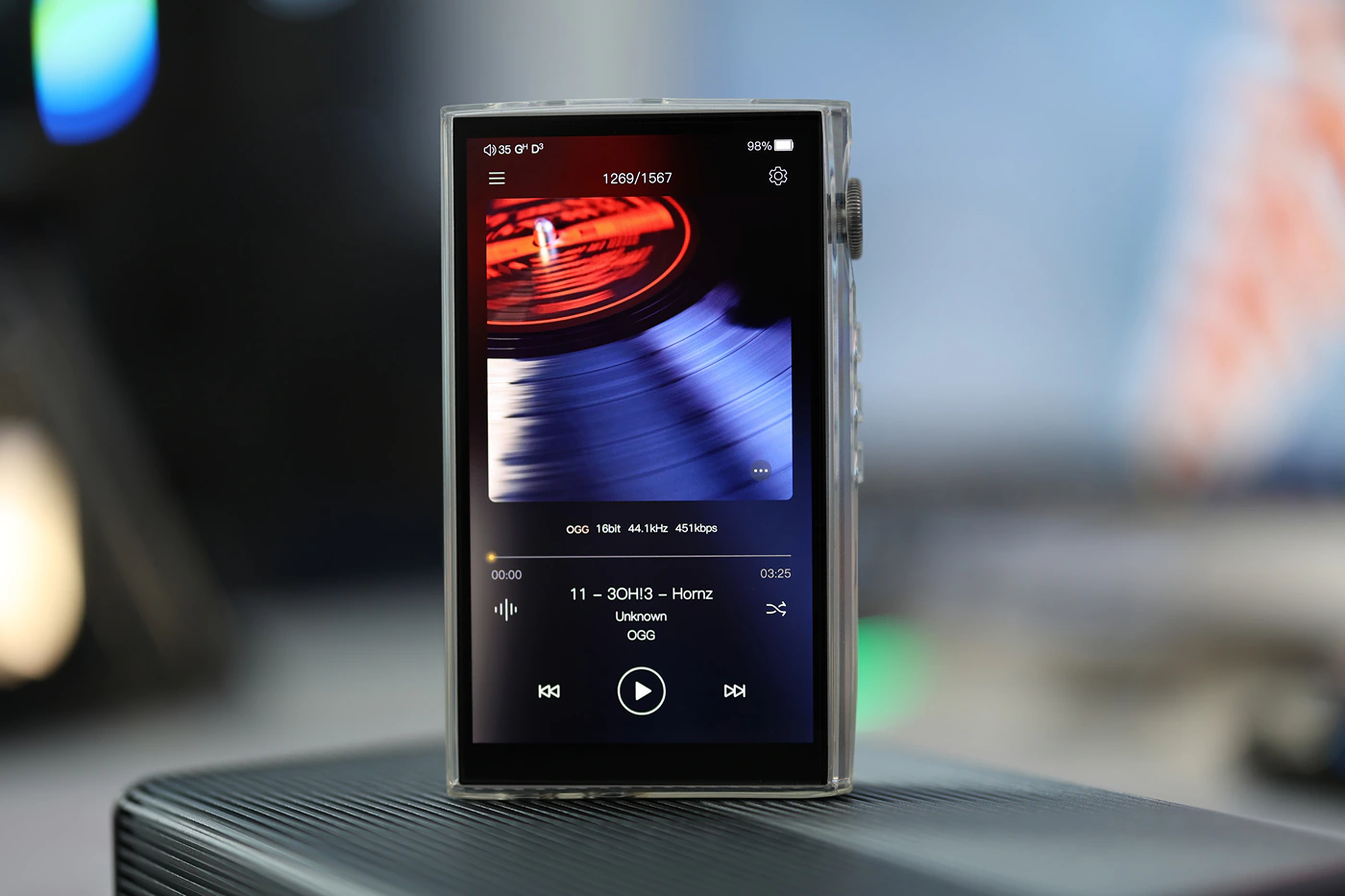
Dynamics / PRaT / Textures – iBasso DX260 sounds rich, upbeat and is able to present each micro detail and texture in music, and while it is not quite as soft as Lotoo PAW 6000, it clearly doesn’t push those textures in an edgy way nor does it force music to gain texture where it is supposed to be smooth. It is smoother in the sense that the sound comes out clean and non-fatiguing, but it does render each bit of detail available, for example in songs like Closure In Moscow – A Night At The Spleen, the both the lead and the background guitars have a well defined texture, you can hear the softer tube amplifier used for those guitars and the warmer presets that the band used while recording those songs, along with the jazzy style of playing those guitars allowing for open chords at times, each chord vibrating and sounding as if it was played in your proximity. At the same time, the dynamics are out of this world, DX260 allows music to breathe and shine, making compressed pop sound super clean and separated. Attack is a bit longer, allowing each instrument to sound natural and not cut off, the decay of the attack is also a bit on the long side, sustain is long, and release is on the longer side. This makes textures sound rich and organic, without the digital glare effect many music lovers fear. One unexpected effect of having such great resolution and clarity is that in many songs, you can hear the amplifier feedback baked into the song, separated and well defined. It makes you feel as if you were there while the band was recording, it is clearly present only in certain songs and albums, so source material quality matters with DX260. I can confirm that DX260 sits happily at a 0dB for the background noise level.
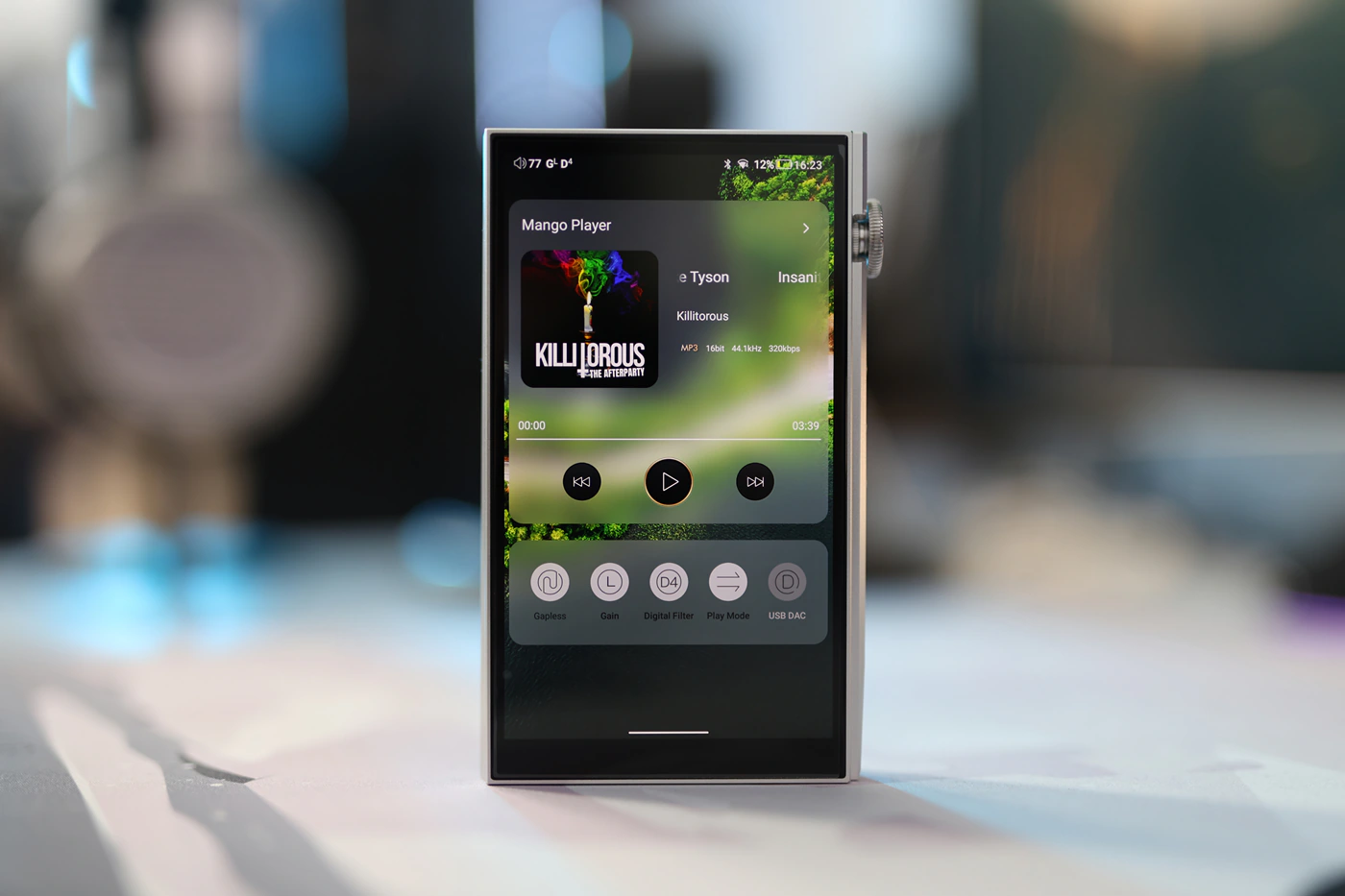
Soundstage – The staging of DX260 is generally natural, clean and well defined, with strong instrument separation, and a similar level of depth and width to the soundstage. iBasso DX260 does not change the size of the soundstage that the song is supposed to have, so a wide and holographic sound will sound as such, a narrow and condensed song will sound narrow and focused, while intimate and narrow music sounds as such. This effectively means that it is able to perfectly reproduce the input signal without affecting it, which is a very desirable thing from a source, as it allows you to enjoy music as it was supposed to. Songz like Yfu Baby XSTA-Z sound holographic, well separated, and while Yfu’s voice is clean and ethereal, both the foreground layer and the added background layers being well separated, the synth effects are projected really far away from the listener, allowing the song to sound as if it was played in a huge concert hall, with the background voices being really well separated from the foreground layer. The bass is deeper and more solid than with most sources too, showing DX260’s power to create body and sub bass for all songs.
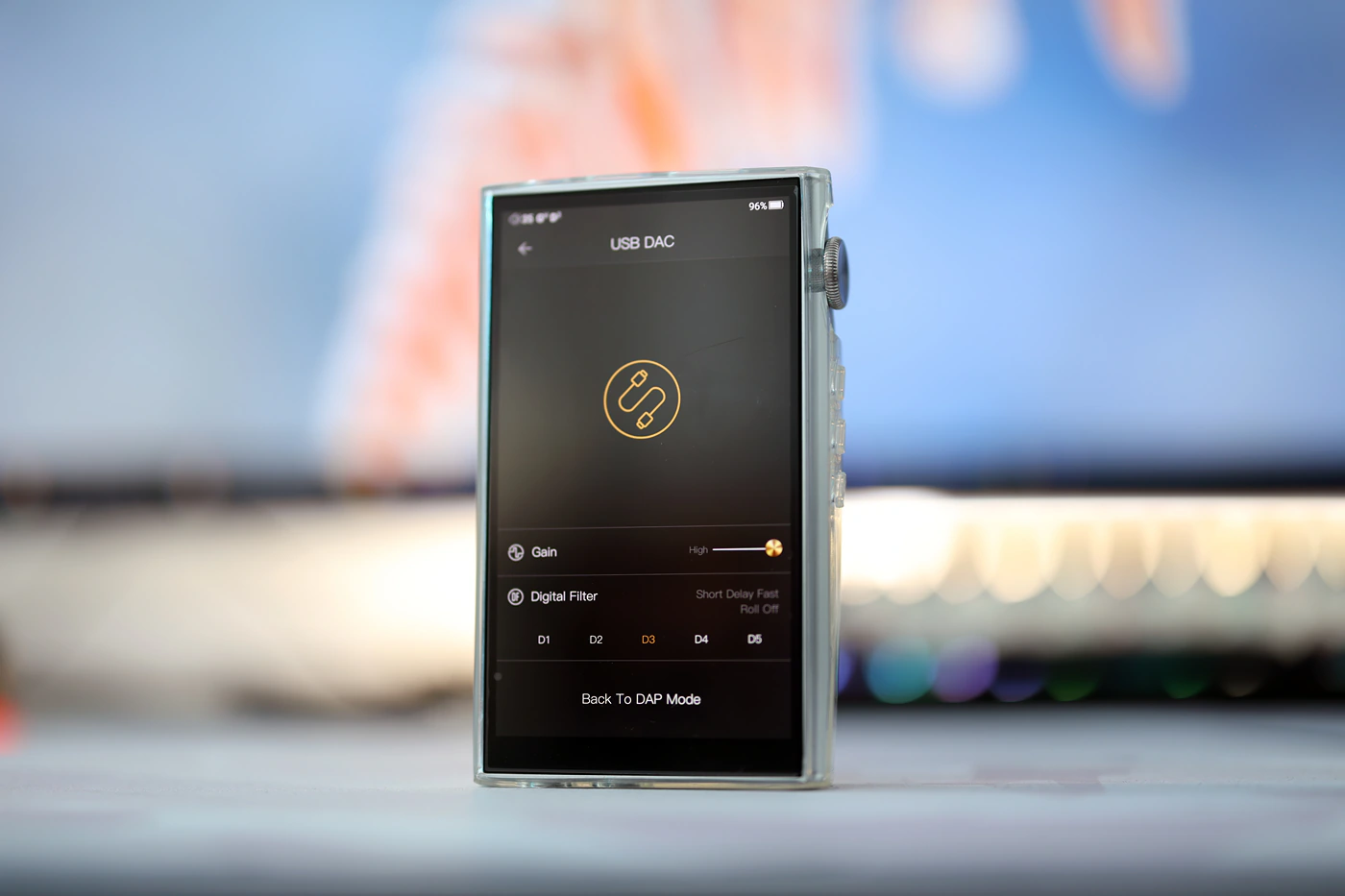
Volume Control – DX260 has an excellent volume control, and it stays similarly powerful, dynamic, punchy and has the same tuning and signature at all volumes, generally sounding perfect all across the range. There is no difference in the dynamic range, clarity or resolution if you listen at 50 dB or at 100 dB, the sound is always clean and crisp, there is no distortion if you push the limit to 110 dB or even 120 dB, and at low volumes you can enjoy the same magical sound with a strong sub bass, crisp treble and sweet voices, wide soundstage as you’d enjoy at medium volumes, basically 10/10 for the volume control.
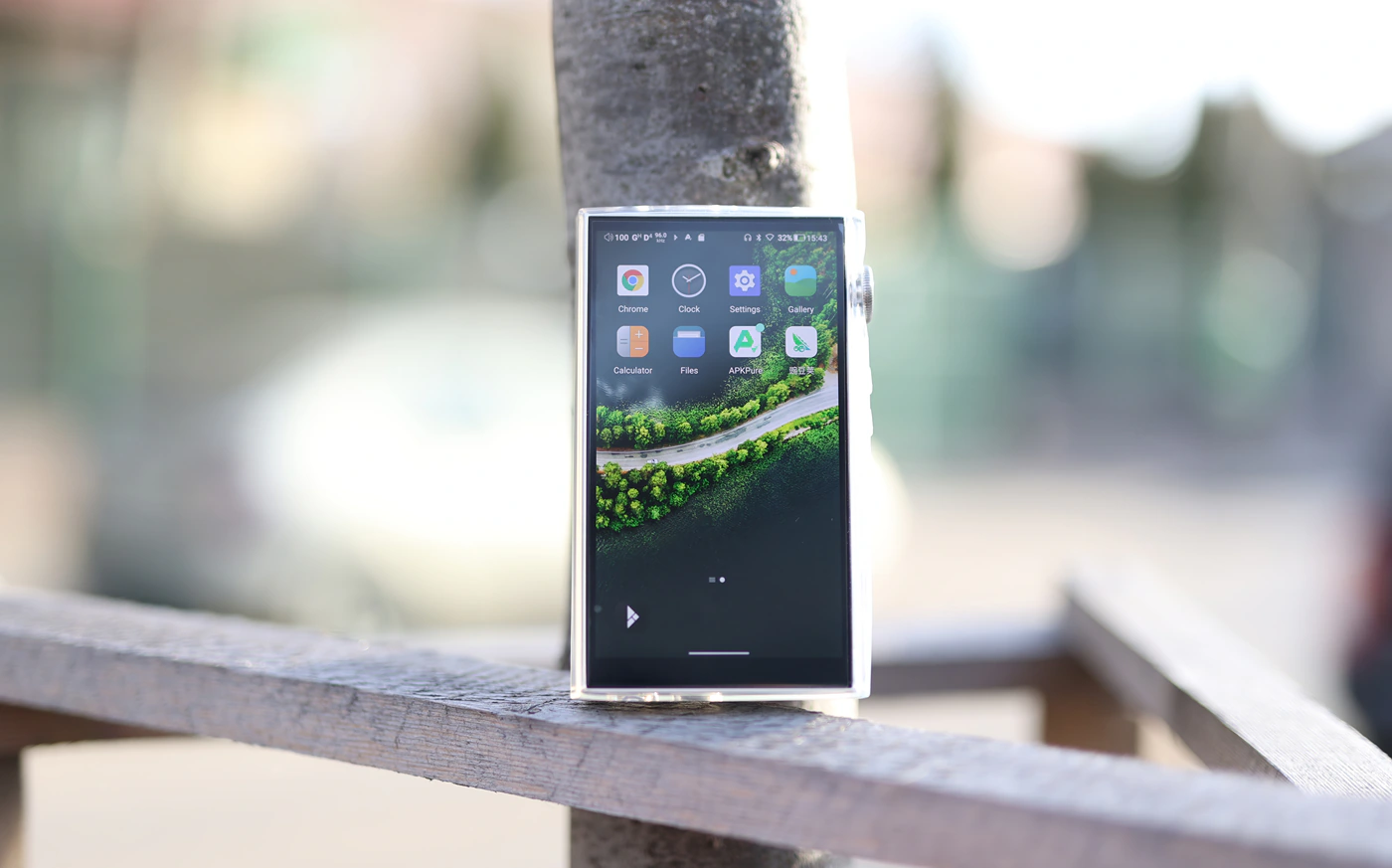
Treble – In one word, the treble of DX260 can be described as enjoyable, it is crisp, detailed, airy and very slightly splashy, which is desirable, but it doesn’t push for harshness or sibilance, allowing all music to stay enjoyable and clean. A good song to study the treble is Om – Haqq al-Yaqin, a song with a sharp and airy treble, and strong bass lines which are well separated from the rest of the song. Cymbal crashes are always evident, very close to you, but not fatiguing or harsh, rather bridging a delightful and happy add-on to the whole song, which feels ethereal, sounds wide and holographic and puts you right into the religious-themed environment.
Comparisons
iBasso DX260 vs Astell&Kern ACRO CA1000T (949 USD vs 2299 USD)
Build – Astell&Kern made a solid DAP with the CA1000T, but it is a desktop unit that is huge, heavy, and although it has a ton of driving power, it also has a high noise floor for IEMs, and I mentioned this in my written review of it. Even with headphones, you may be able to hear the noise floor and hissing in the background. The high output impedance of CA1000T means that it will also have a brighter sound with IEMs, but that happens with headphones too. Both DAPs will support USB DAC functions with no delay, and both work well with Tidal, both work well with Adobe Premiere and Audition, and both work well with Tidal too. DX260 is faster and more modern, it allows you to install any app you desire, has a better EQ implementation, and with most headphones you will not feel the difference in the driving power.
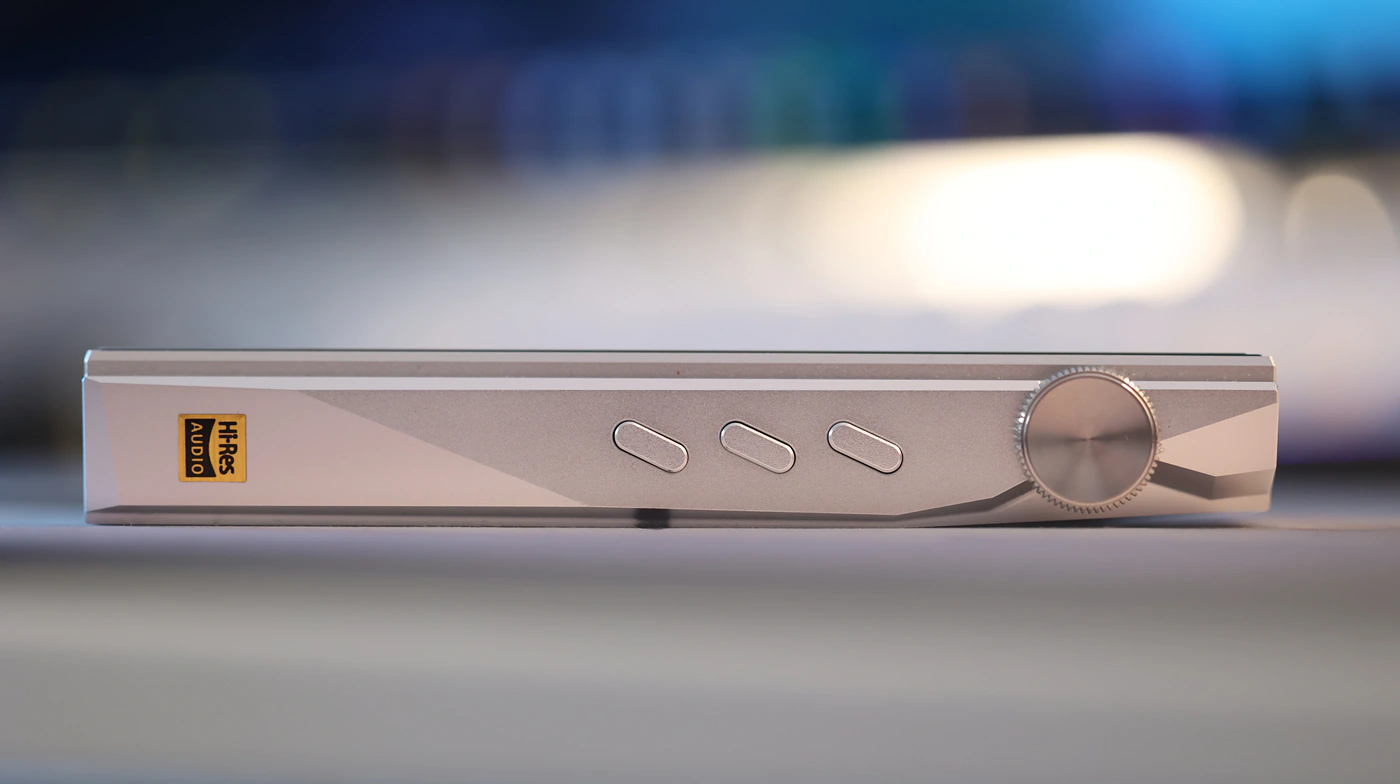
Sound – You could say that both DAPs are solid, but CA1000T is actually rather bright and neutral, with very little extra bass depth or bloom, instead focusing on offering a purist sound, and although it comes with a nuTube, the sound even in the tube mode stays pretty neutral and clean, it is the midrange which grows richer and has the typical tube distortion added to it. In contrast, DX260 sounds more open, deeper and has a better bass, deeper bass note reach, a smoother, richer and more cohesive midrange, and similar level to treble resolution, detail and clarity, although the treble relative to the midrange and the bass is more naturally balanced. Both sources are great, but if you’re using IEMs, DX260 is more recommended, and even for headphones, as most flagships are rather neutral in tuning, DX260 can add more depth and bass to the sound of those, while CA1000T is ideal only if you’re sure you want its neutral tuning and sound.
iBasso DX260 vs iBasso DX320 (949 USD vs 1599 USD)
Build – iBasso made the DX320 to be the larger DAP, it has a much larger display, and it resembles a smartphone, while DX260 is more of a portable DAP. The battery life of the two is very similar, the overall maximum driving power is similar too, the biggest difference will be in portability and whether you prefer a larger DAP or not. I have not used DX320 for playing anything else besides music, so the display is more of a personal transport preference, and it is possible to further configure the sound on the DX320, as it has AMP cards, with quite a few options available at the moment on the market. I find both of them ergonomic, but I will grab DX260 more if I am in a rush, as it is easier to pack and more portable. On this note, I also found that both work well for streaming, Tidal is smooth on both with no dropouts, and both are fine for Wifi speed. The USB DAC function works a bit better on the new DX260, with zero delay and no pausing on the first second of a song.
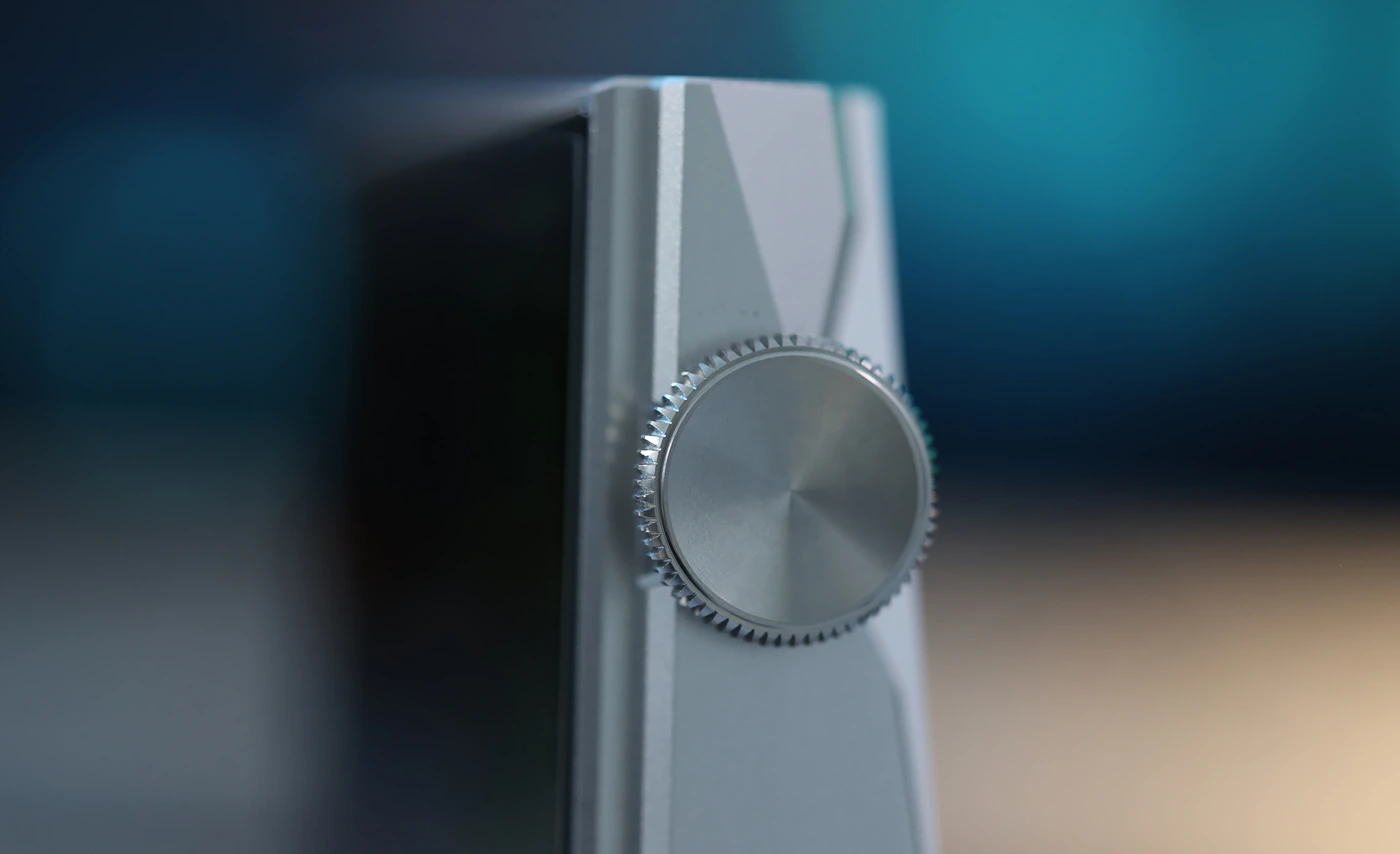
Sound – I will mainly be using the default AMP card for DX320 for this review, and when comparing the DX260 and DX320, it is immediately apparent that each was tuned slightly different, with DX320 placing more emphasis on dynamics, impact and punch, and having a more neutral, studio sound, while DX260 sounds warmer, has a deeper and fuller bass, and while it is also dynamic and punchy, it placed more emphasis on sound as rich, natural, and cohesive as possible. DX320 will extract a bit more detail from music, analyzing more surgically, and revealing better instrument separation, but DX260 having a stronger bassline and bottom end will give more body and depth, giving more sense to each instrument. Both are rather excellent, and I am happy with the sound of both, but while DX260 will always have the signature I keep describing, there are other AMP options for DX320 to configure it further to your liking, including options with nuTube AMPs. If you strap in the AMP13 for DX320, the sound of DX320 becomes more organic, richer in the midrange, and warmer, so it gets closer to DX260, but with DX260 still having a bit more sub bass and body to each instrument, while DX320 still can extract a bit more information and project it wider in the staging.
iBasso DX260 vs Dethonray DTR1+ (949 USD vs 1000 USD)
Build – If you’re looking for a minimalistic DAP, DTR1+ will be able to play music from a microSD card, and that is about it, as it does not have USB DAC functions, Streaming, or basically any special extra function that we can talk about. DTR1+ doesn’t really have many features, rather focusing on just music playing, but it does do that well. The battery life is longer on the DX260, and it takes about the same time to charge both, although DX260 does have PD and QC fast charging. It is possible and easy to change and replace the battery on both, and both are DIY friendly if you’re looking to give each DAP a little bit of extra upgrade in the future. DX260 comes with a plethora of extra functions, including Wifi, Bluetooth, streaming support, a touch screen, app support, basically it is a smartphone with a really good sound.
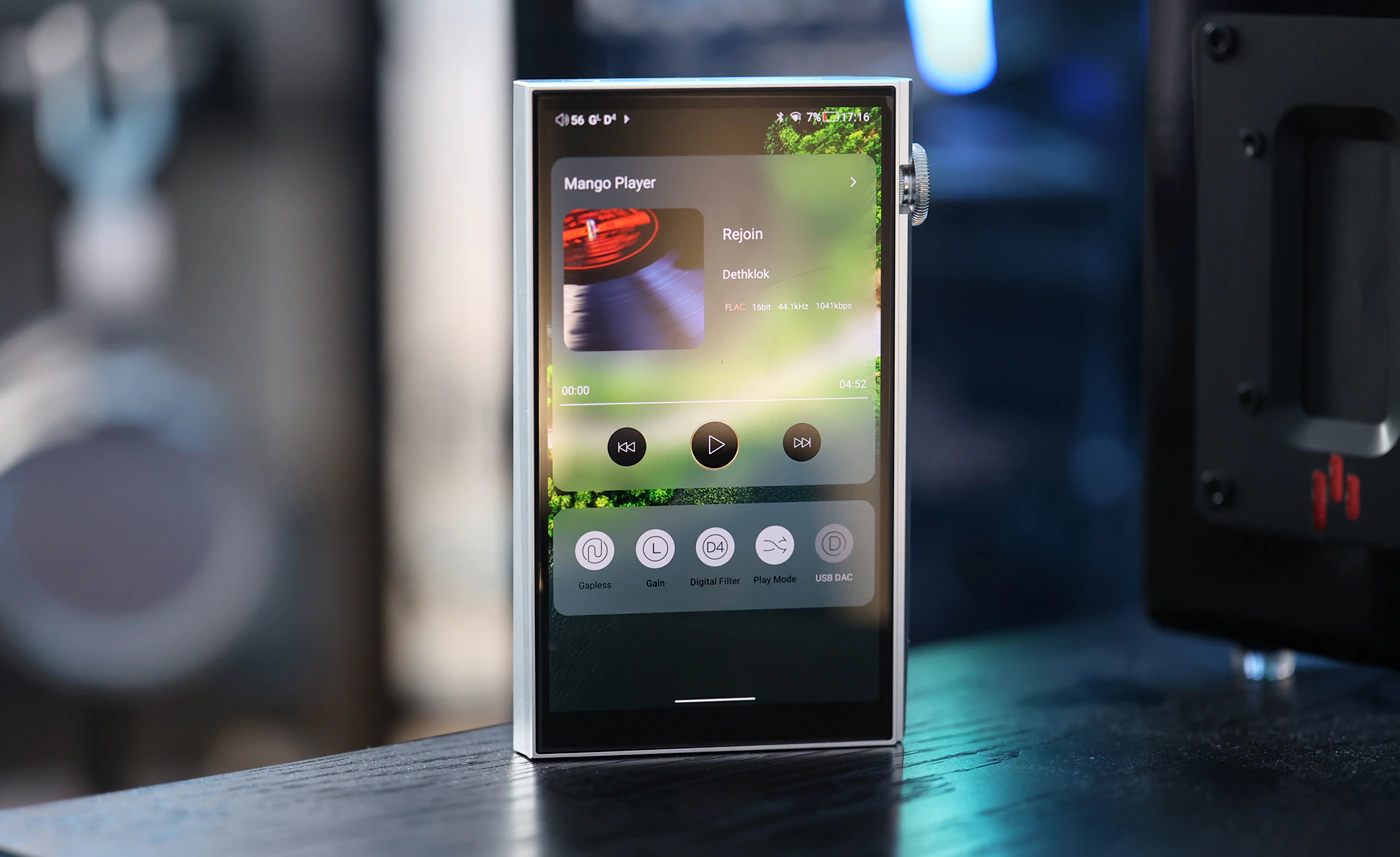
Sound – Sonically, so far it would have felt like DX260 and DTR1+ would be similar, but actually they are different in sonics, with DTR1+ sounding smoother, thicker and lower pitched than DX260. To further expand on this, DX260 has a lower noise floor with IEMs, but more treble, a more forward and richer midrange, and less smoothness in the general sound, with a more punchy, cleaner sound, with more presence and a wider soundstage, and improved instrument separation. DTR1+ sounds bassier, deeper and has more body for each instrument, there is a good sense of separation with both DAPs, but DTR1+ has less treble energy, so some elements of definition can blend in while with DX260 they are better separated.
iBasso DX260 vs iBasso DX240 (949 USD vs 950 USD)
Build – It is time to also compare some apples to apples, and both those DAPs are made by iBasso with the new iBasso DX260 replacing the DX240, which has been a very popular model in its own right. I feel like the overall device has seen big improvements with the new DX260, which has a faster wifi, a more ergonomic, cooler looking and more modern shape, and with a somewhat better display. The default included case is just silicone with the new DX260, while it was leather with DX240, and DX240 did have an appeal by having replaceable AMP cards, but honestly that wasn’t quite as popular with everyone as eventually you’d just settle for an AMP card. Both DAPs are very much user serviceable, and you can easily replace the battery, disassemble the DAP and put it back together in less than 3-5 minutes. USB DAC works well on both, but better on the new DX260, with less compatibility issues with most programs, and with the latest update from iBasso, we have Google Play store installed by default on DX260, while with DX240 needed some extra work to get Tidal and Streaming working. Basically, DX260 is a full upgrade in the construction, firmware and basically all DAP aspects of the DAP.
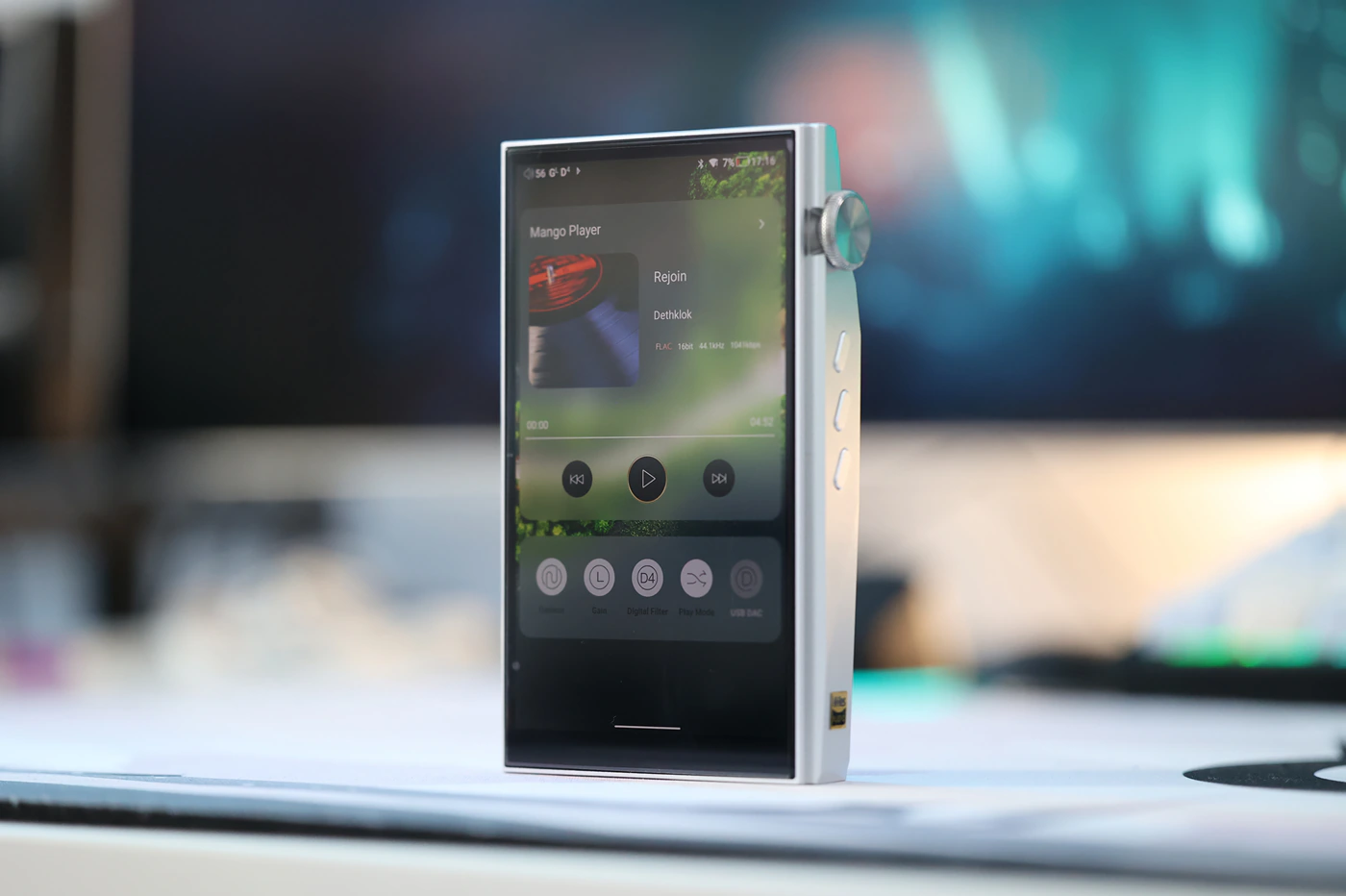
Sound – And naturally, it is an upgrade in the sonics too, DX260 sounds quite different from the DX240, regardless of which AMP module you had installed in the DX240. It is clear by now that iBasso is a company which prizes dynamics and impact, as both DAPs are super dynamic, but the background noise levels are lower on DX260, it sounds clear and has no hissing with very sensitive IEMs, while DX240 could at time show a bit of a higher noise floor. The sound of the new DX260 is deeper with more sub bass, more focus on the low end, a richer, more cohesive sound, better resolution, and a more rounded soundstage that has a wider and a deeper presentation, and better instrument separation. Dx240 sounds generally more analytical, a bit harder around the edges, textures are bit extruded and more evident, but also a bit more in-your-face, while DX260 comes through as smoother, and manages to extract and reveal more information, while sounding more laid back and more mature. I think that if you have and liked DX240, you will love the DX260 and it will feel like a strong upgrade, all while keeping the same pocket-friendly form factor of the DX240.
iBasso DX260 vs Lotoo PAW 6000 (949 USD vs 1200 USD)
Build – PAW 6000 is a really solid DAP, and which is also serviceable, also one of the few to receive compelling software updates after launch, which enabled interesting features, such as Bluetooth DAC functions, but that comes by default on DX260, along with a good USB DAC implementation, which actually works better with Adobe Audition and other picky software on Windows machines. The streaming ability of PAW 6000 is basically non-existent compared to DX260, which has all the android services power, and support at your disposal, including Tidal and Spotify. Both DAPs are made really well, but DX260 is lighter, more modern and more ergonomic. Battery life is slightly longer on the PAW 6000, and they take about the same time to charge, but with sensitive IEMs, PAW 6000 has a higher noise floor, shows a bit of hissing, which is not audible with DX260. There is strong support from the producer company for both DAPs.
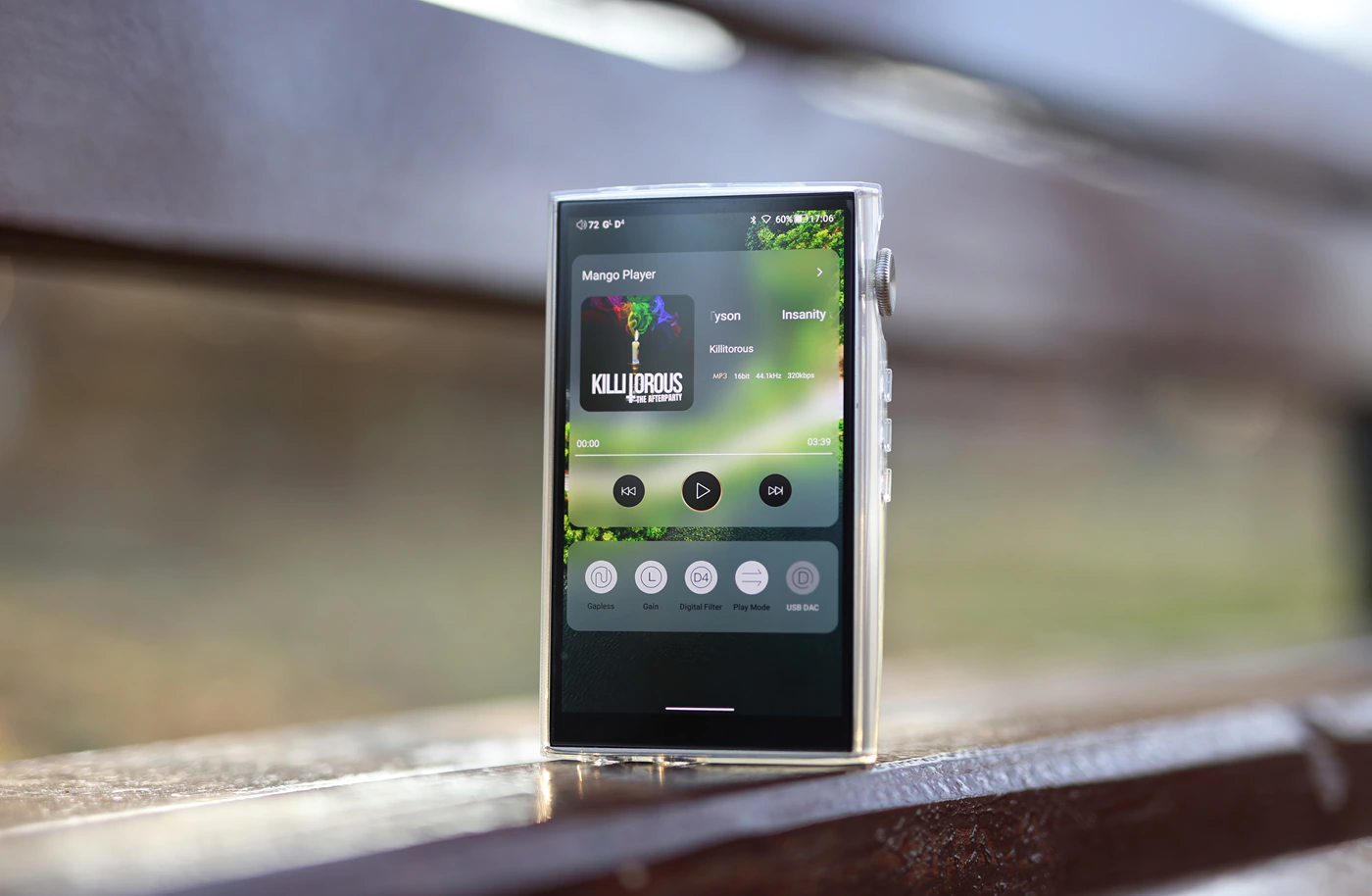
Sound – It is easy to feel like they would be similar, given my description of each so far, but DX260 goes for a much richer, deeper sound with more impact, a higher dynamic range, more instrument separation, body and definition, while PAW 6000 sounds softer, cuts off on the impact and dynamics, allowing more details to push through, especially in the treble, where it has a strong edge. If you have mainly dark sounding and smooth sounding IEMs, DX260 may darken them further, so PAW 6000 will be a better choice, especially if you feel your IEMs and Headphones are too impactful and too punchy, while DX260 will both calm down pesky treble peaks on IEMs, give all IEMs and headphones more body, sub bass extension and impact, along with a higher impact and more pop out effect to the sound.
Value and Conclusion
The price / performance and value of DX260 is incredibly high, as it did not increase a single penny over the DX240, but every aspect of it became better, it got a better software, better CPU, the driving power is better, it has a lower noise floor, and despite the world being in a constant state of inflation, the price is the same, but you’re getting a far better product in the new DX260. Even compared to everything else on the market, DX260 is competitive, it offers everything I ever wanted from an all-in-one DAP, including excellent streaming services, outstanding design and build quality, the battery is easily replaceable, and it has both a single ended and a true balanced headphone output, with an Octa-DAC Matrix to drive it all.
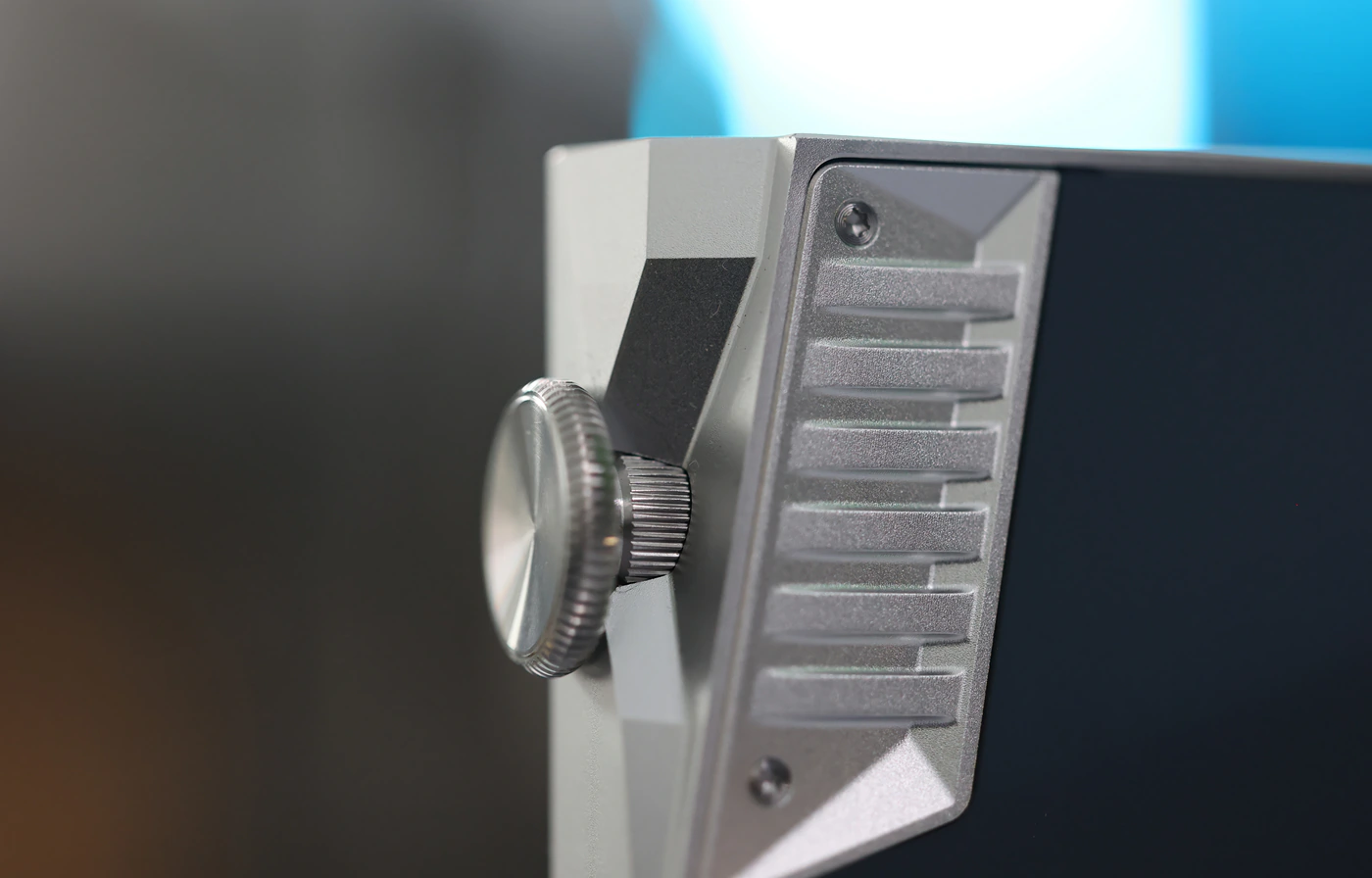
Before the end of the day, for its excellent design, build quality and sound, I will be adding the new iBasso DX260 to the Audiophile-Heaven Hall Of Fame, where it earned a place among the best, and it is currently a personal favorite that I use on a daily basis, especially when reviewing IEMs, as it has no background noise, but excellent driving power and resolution.
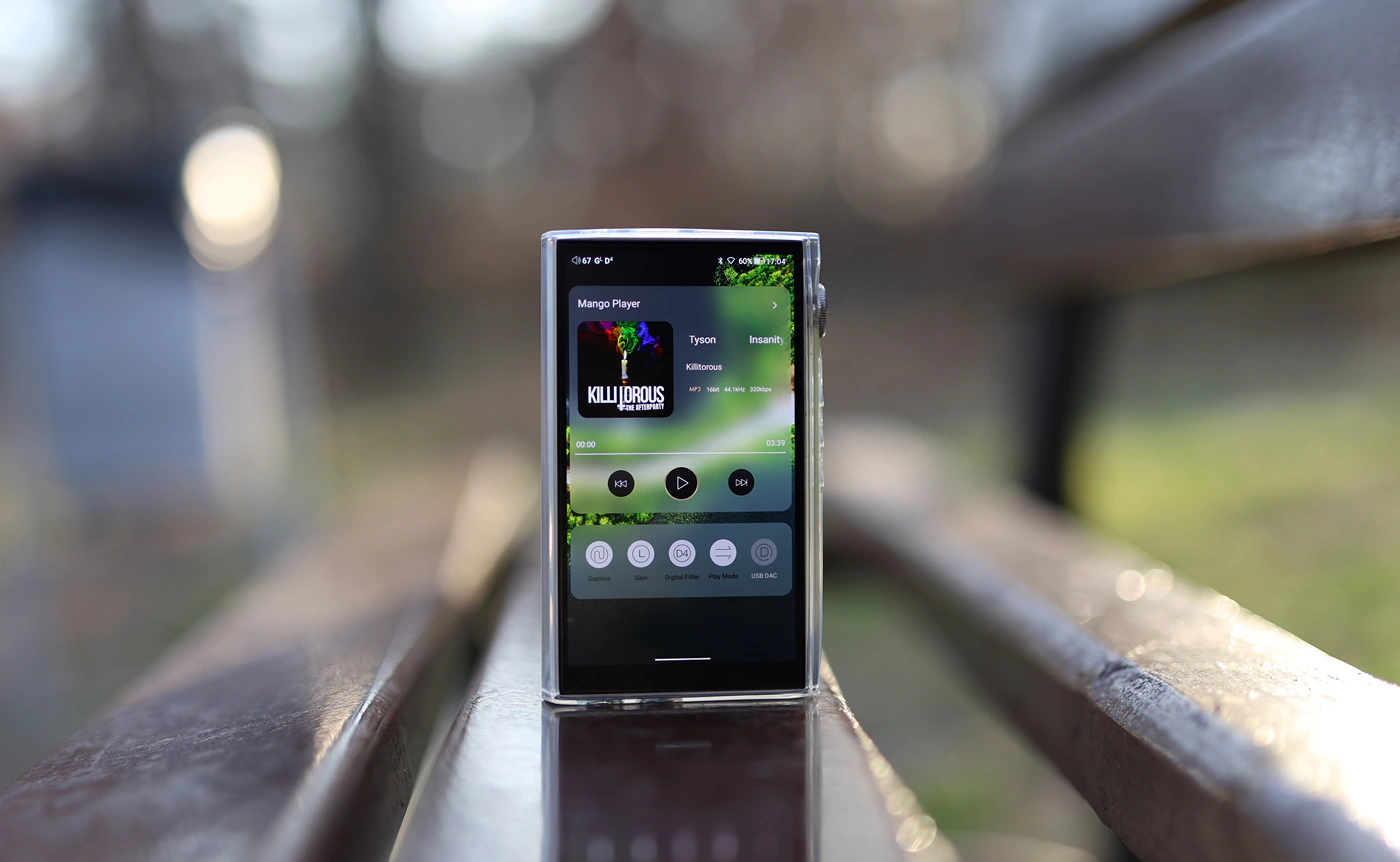
At the end of the day, if you’re looking for a portable music player that’s downright excellent for driving both IEMs and headphones, if you’re looking for a natural, detailed and crisp sound with great extension both in the bass and in the treble, and if you’re looking for excellent software too, including streaming options, EQ options, and a USB DAC implementation that’s fit for competitive gaming, movie watching, all packaged in a beautiful unit, iBasso DX260 is a fully recommended purchase today, and a DAP I can only describe as the dream DAP for any enthusiastic music lover out there.
Product Link
You can grab one from an authorised seller – https://ibasso.com/where-to-buy/
iBasso Official Online Shop – https://ibasso.com/product/dx260/
--- Please remember to stay safe, and always have fun while listening to music!---
- If you have a dime to spare, please donate, and help us! It would make the day brighter for me and my wife-
Full Playlist used for this review
We listened to more songs than those named in this playlist, but those are excellent for identifying a sonic signature. I recommend trying most of the songs from this playlist, especially if you’re searching for new music! The playlists are different for Spotify, Tidal and Youtube, and based on the songs I enjoy and are available on each!
https://www.youtube.com/playlist?list=PL_cjBXGmwSHSdGcwuc_bKbBDGHL4QvYBu
https://open.spotify.com/playlist/5J3oloz8Riy9LxEGenOjQ0?si=979ba4f082414be7
https://tidal.com/browse/playlist/330fd544-8e5b-4839-bd35-676b2edbb3d5
--- Contact Us ---





